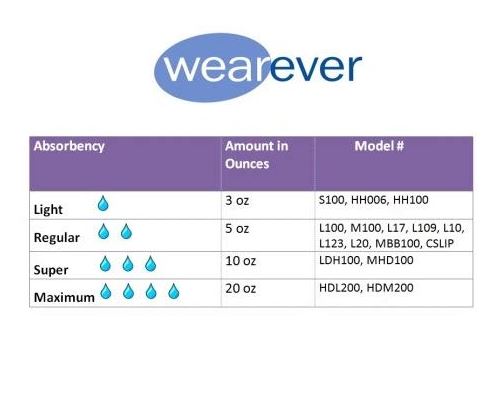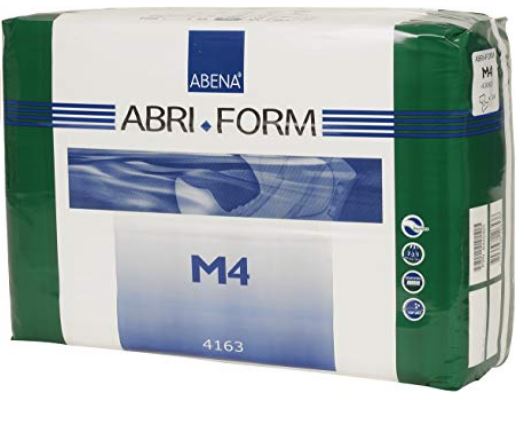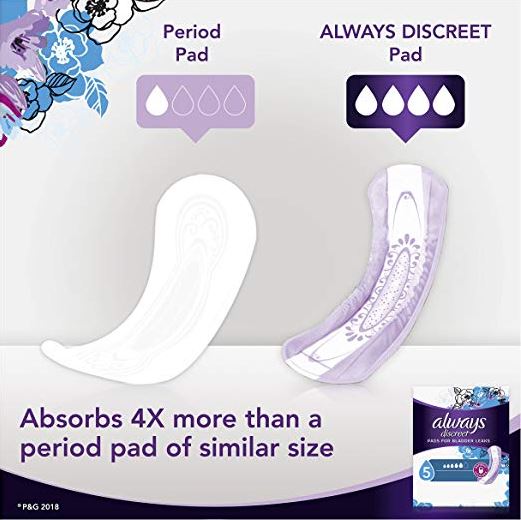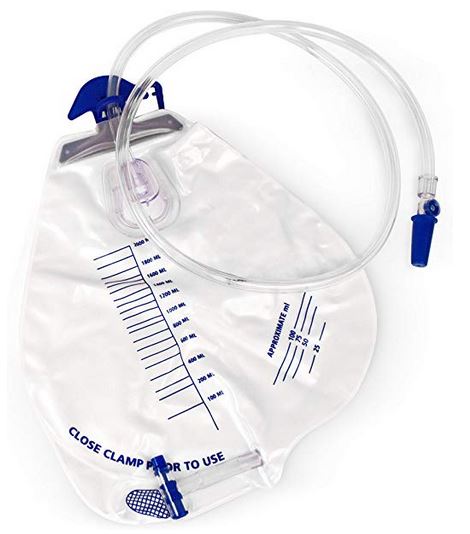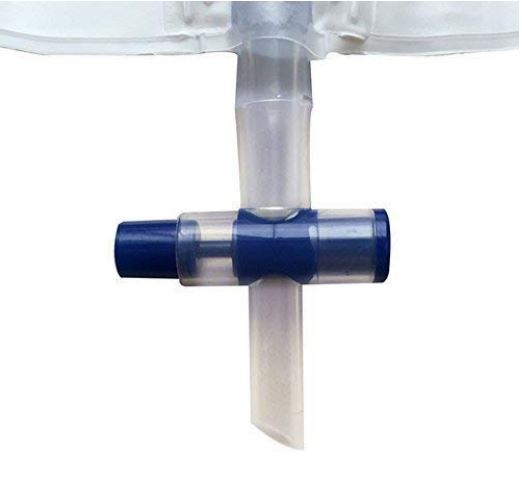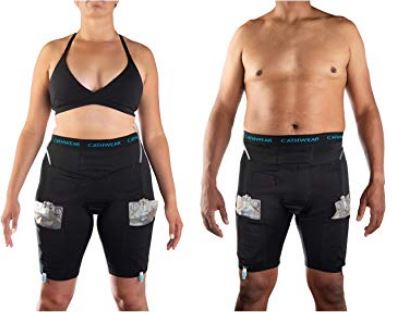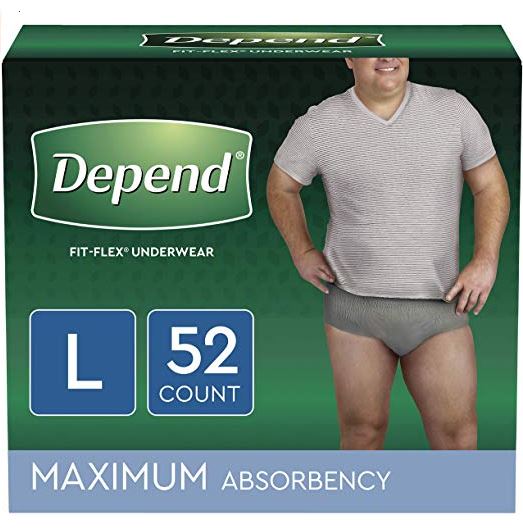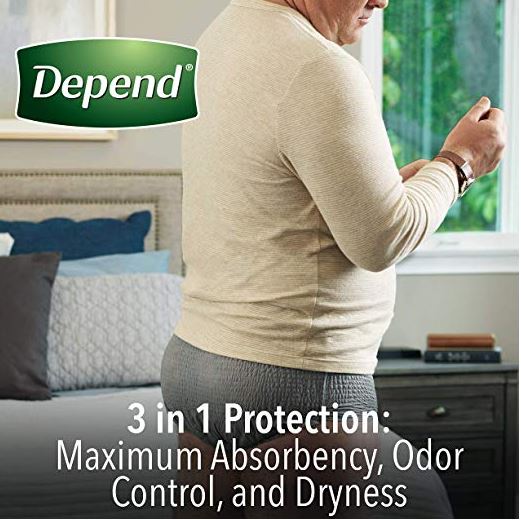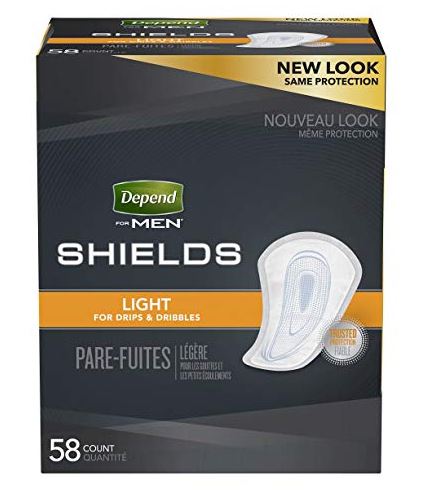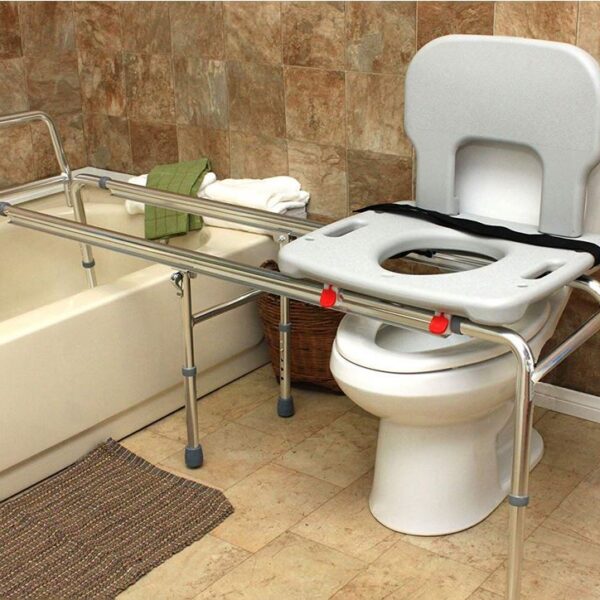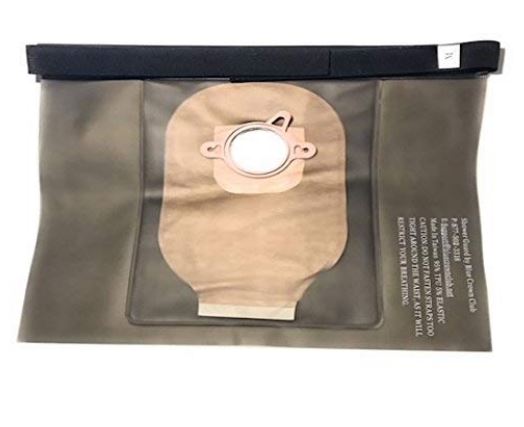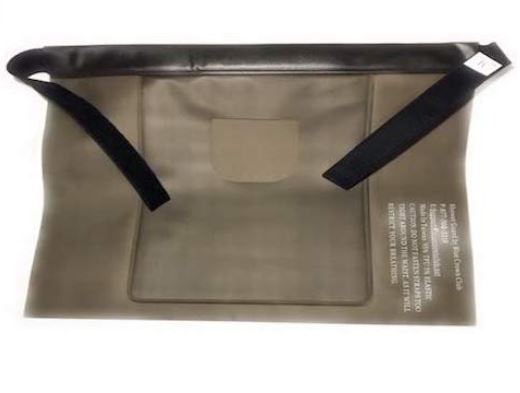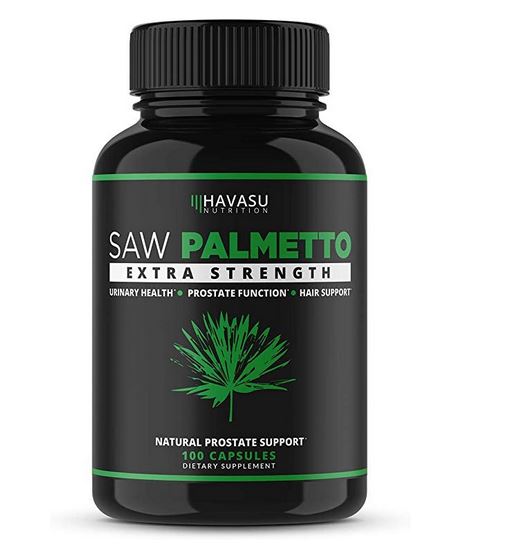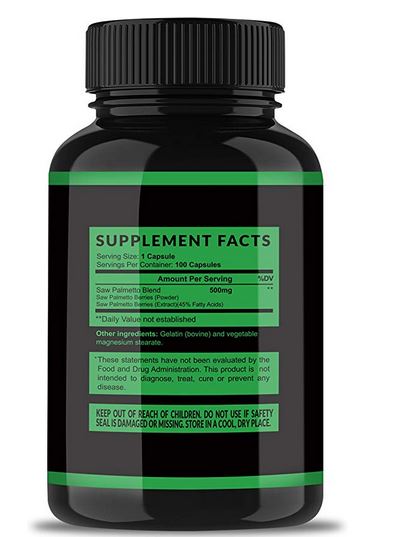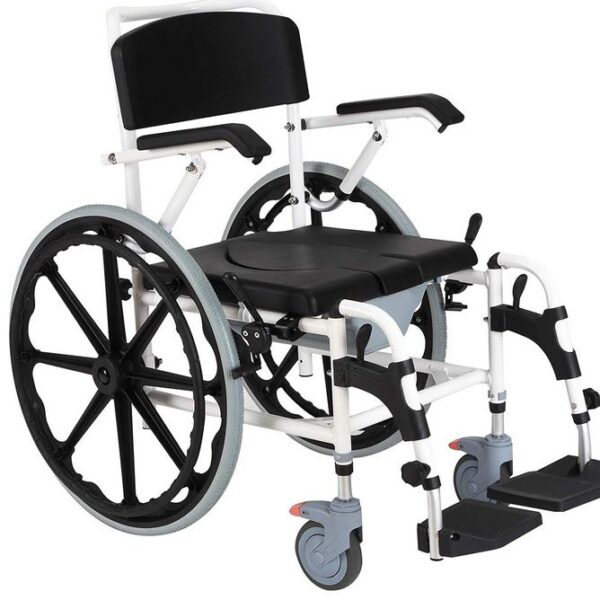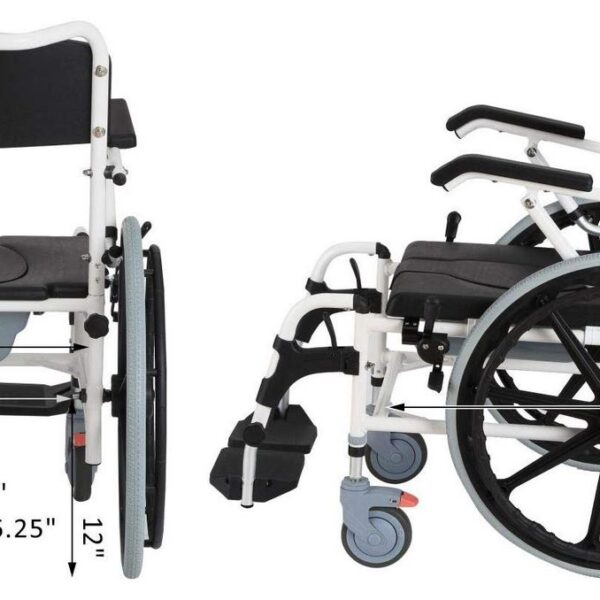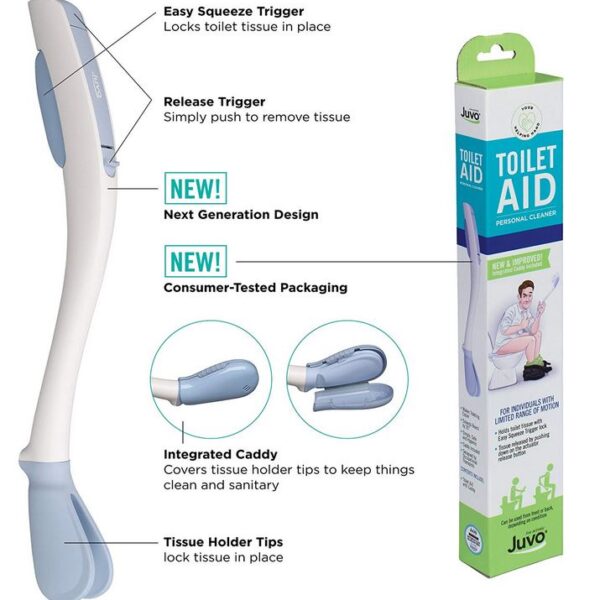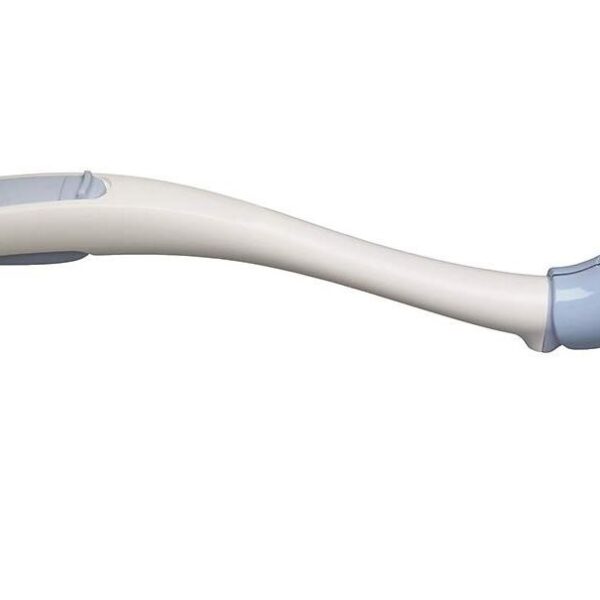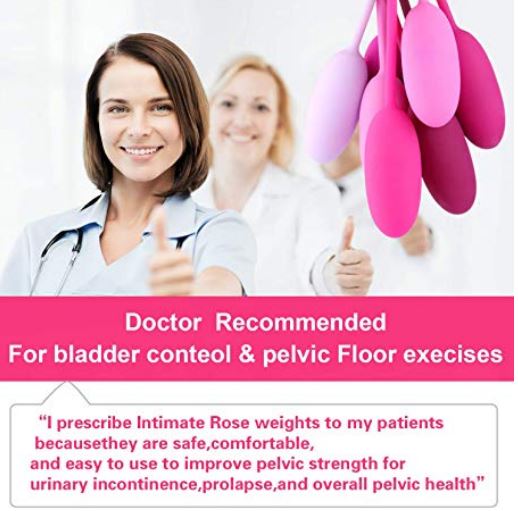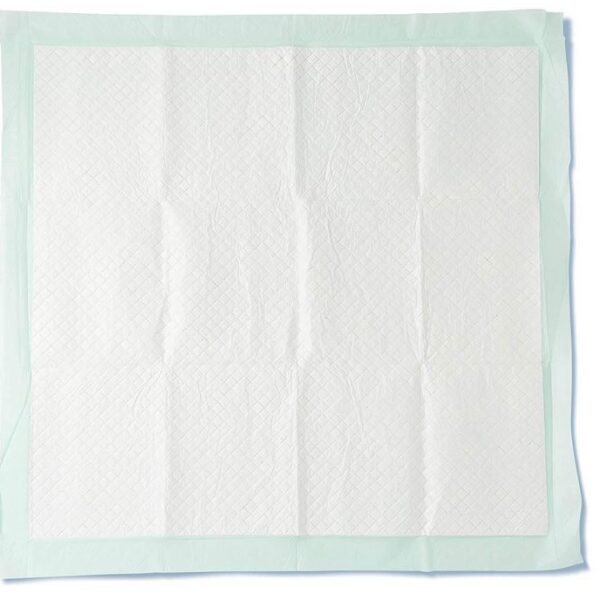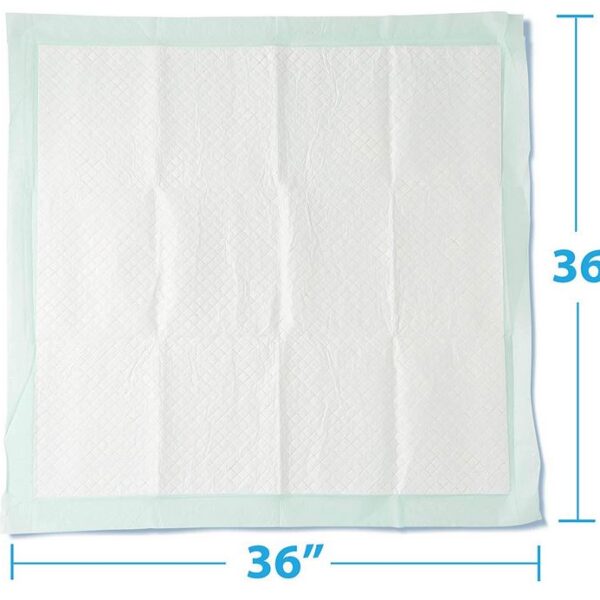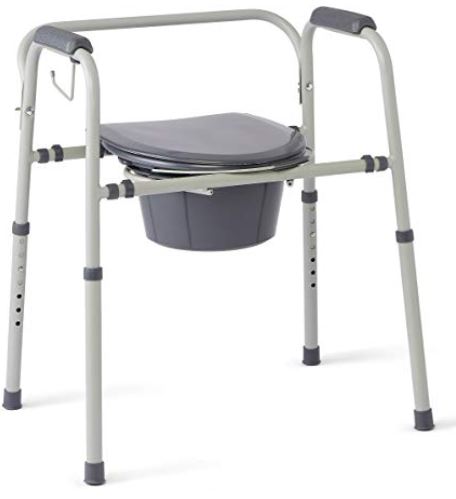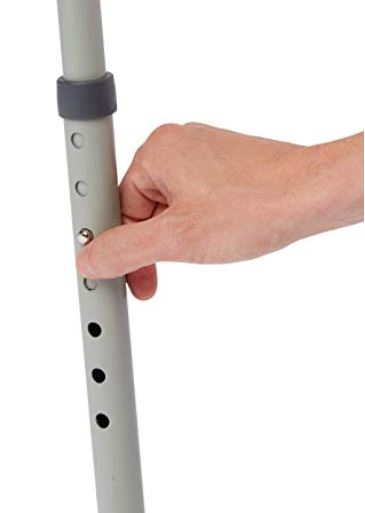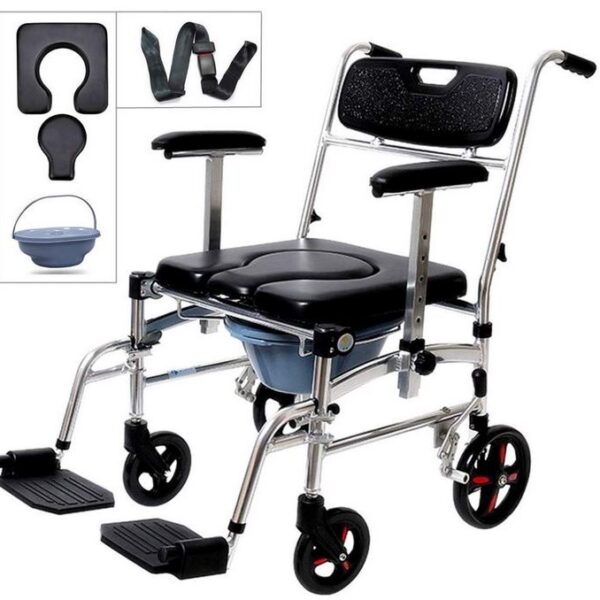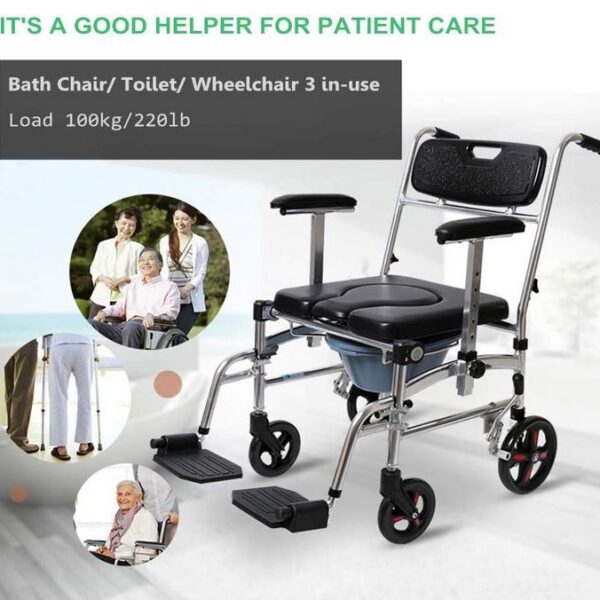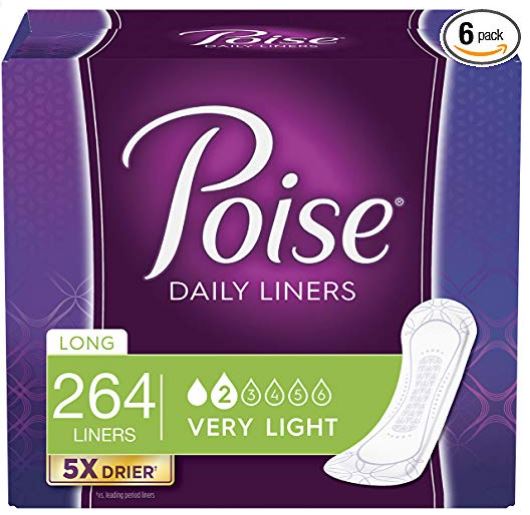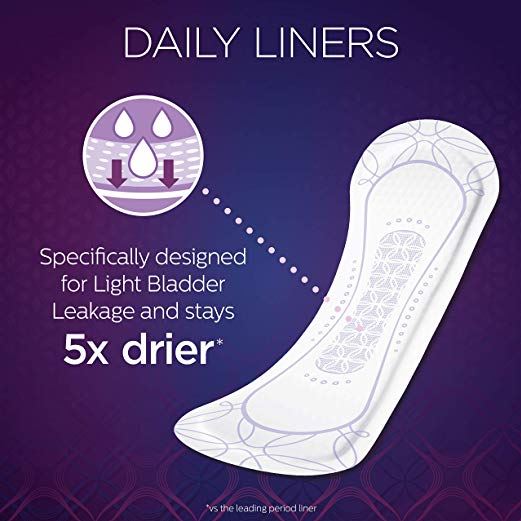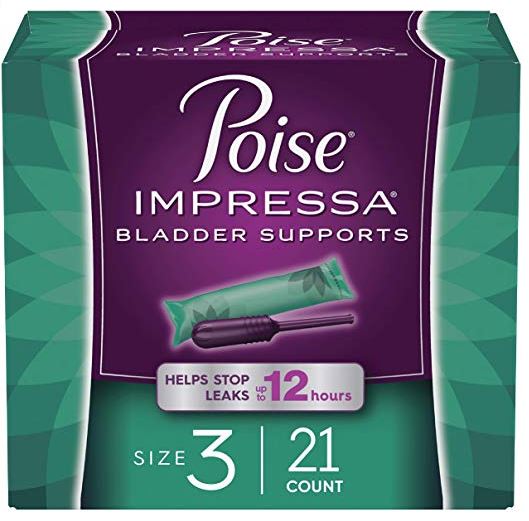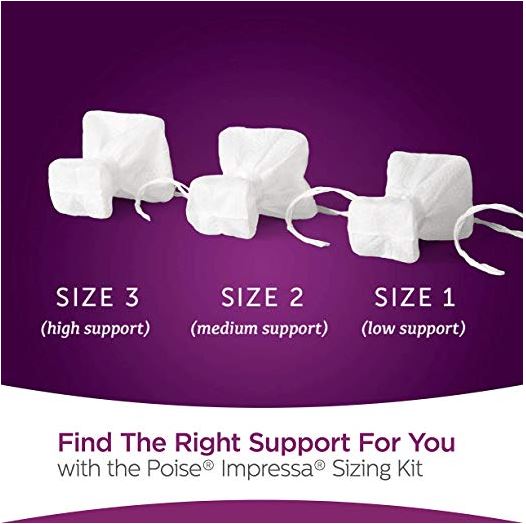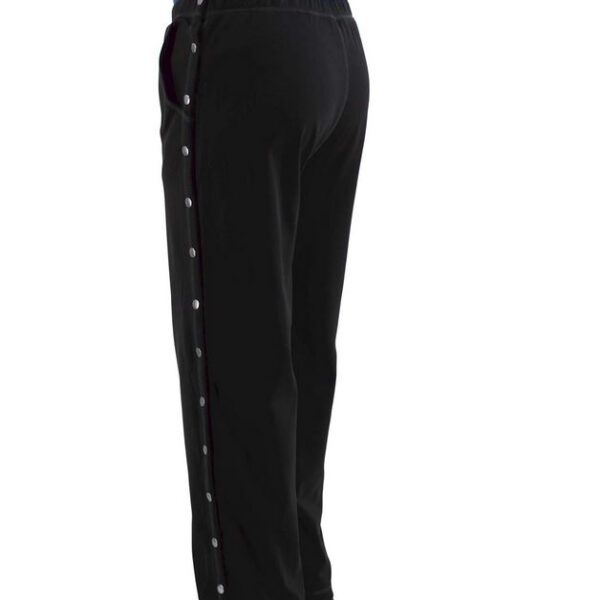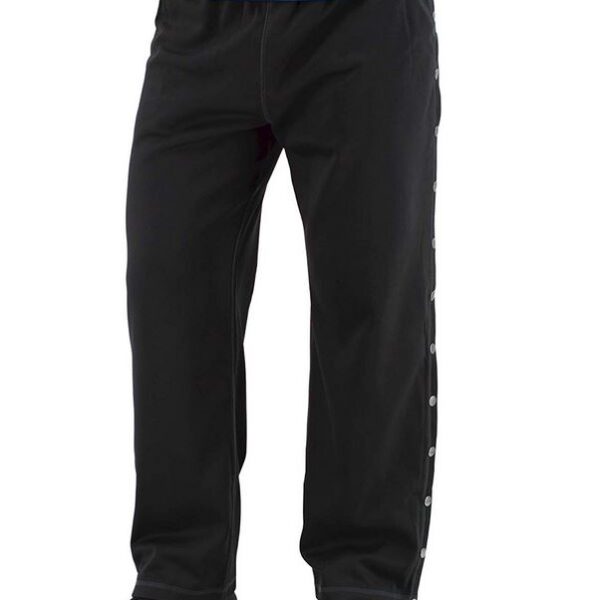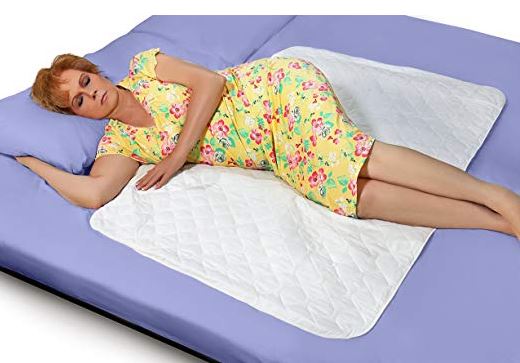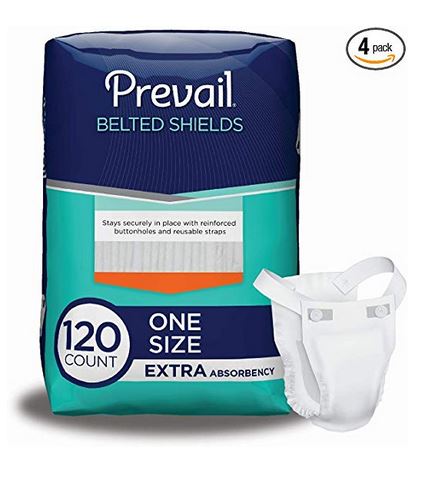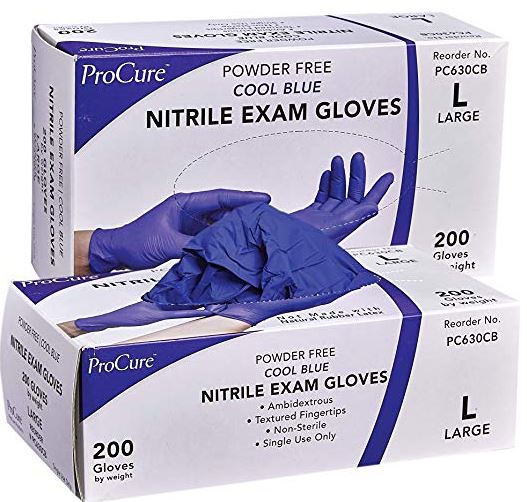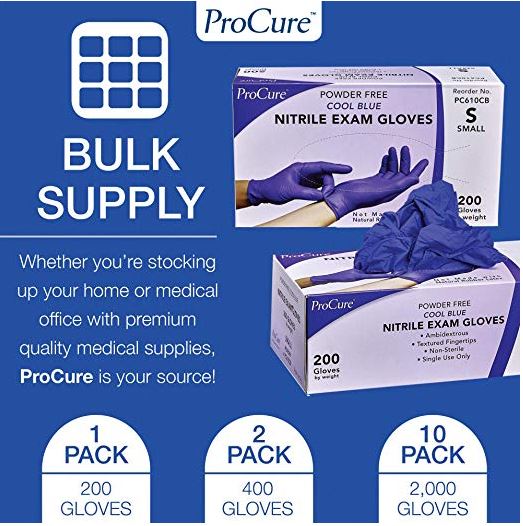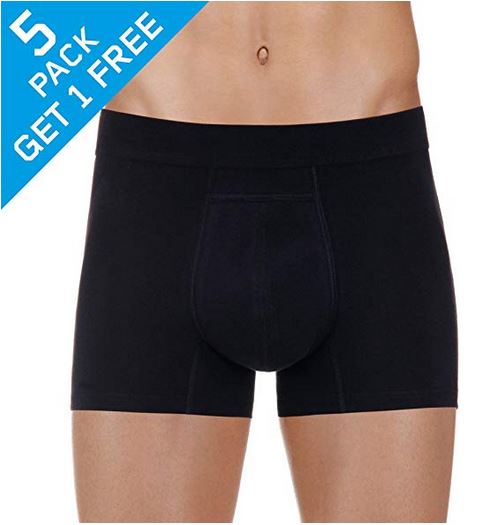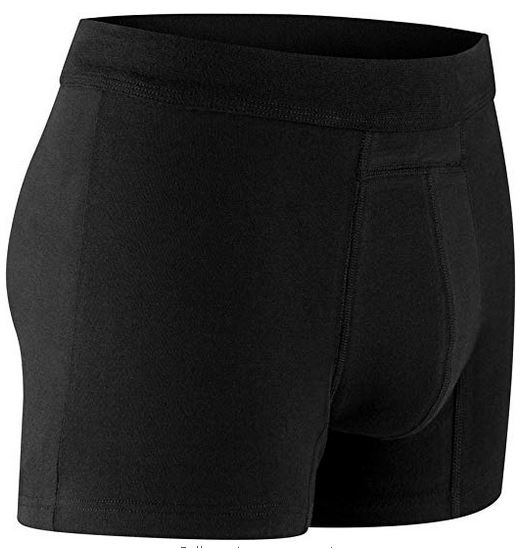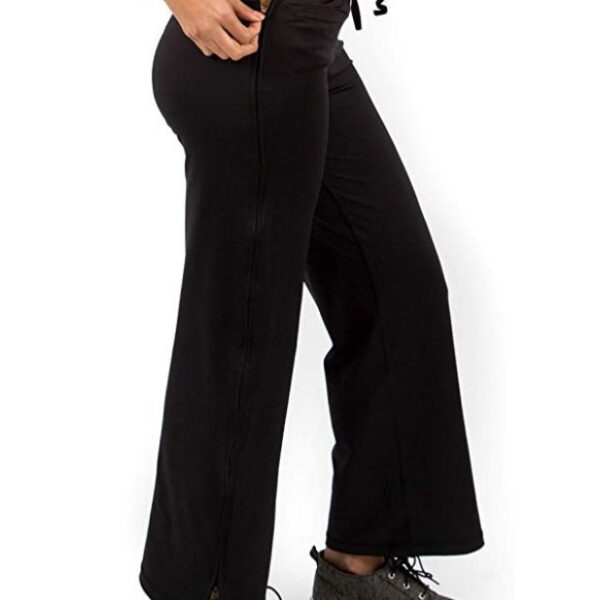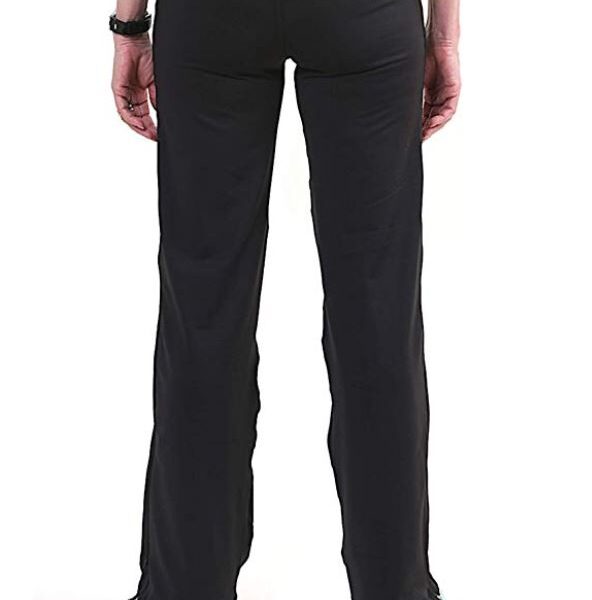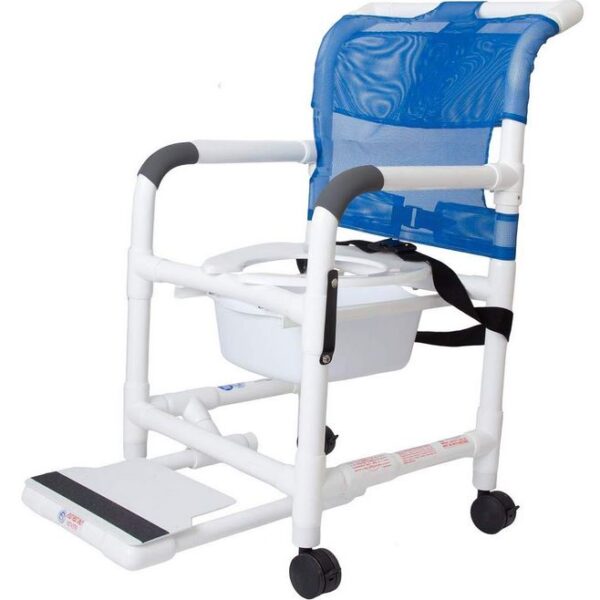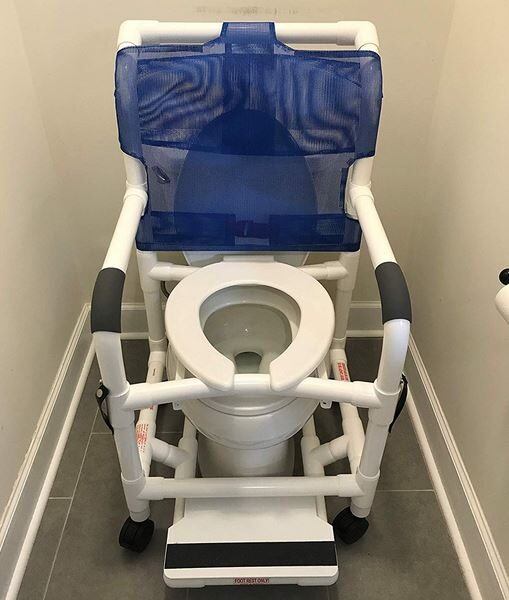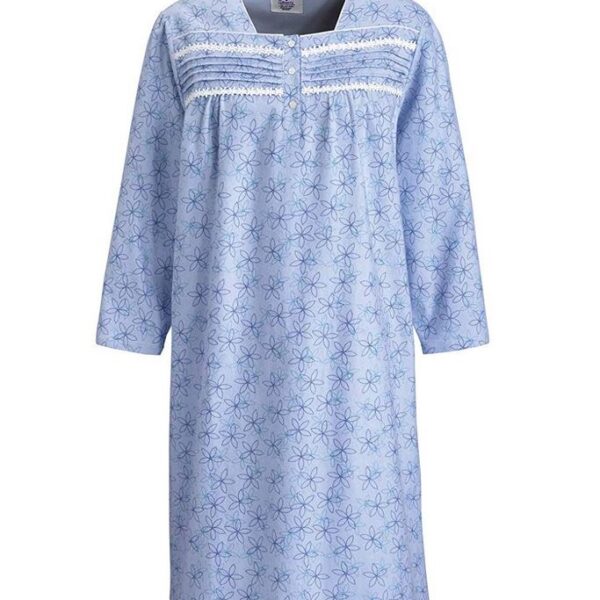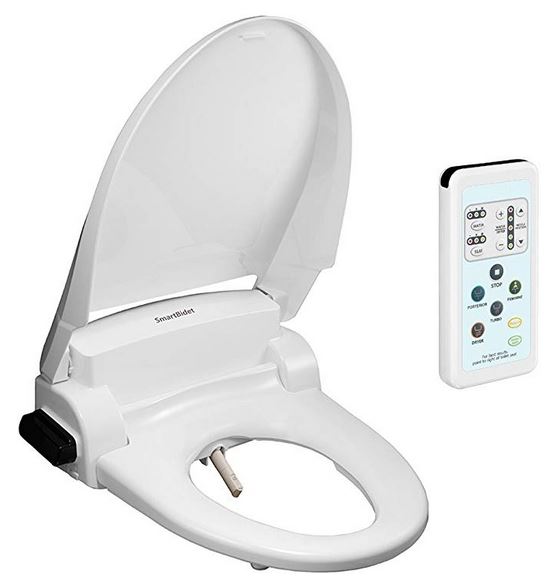Dealing with Incontinence
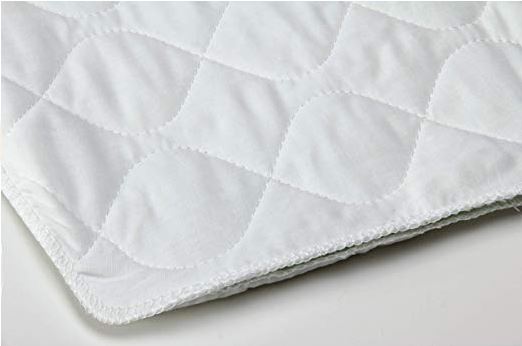
Continence
Continence involves maintaining complete control over urination and/or defecation.
Incontinence is the condition in which you fail to maintain complete self-control over urination and defecation. You can experience urinary incontinence, fecal incontinence, or both.
Urinary Incontinence
Urinary incontinence (bladder incontinence) is the unexpected and involuntary leaking of urine. There are several types of urinary incontinence:
| Urinary Incontinence | |
| Type | Description |
| Stress Incontinence | Urine leaks when pressure is exerted on bladder by coughing, sneezing, laughing, exercising or lifting something heavy. |
| Urge Incontinence | A sudden, intense urge to urinate followed by an involuntary loss of urine. |
| Overflow Incontinence | Frequent or constant dribbling of urine due to a bladder that does not empty completely. |
| Functional Incontinence | Inability to make it to the toilet or get clothes undone in time due to a physical or mental impairment. |
| Mixed Incontinence | Combination two or more types of urinary incontinence. |
Urinary incontinence is a symptom, not a disease. It can be the result of everyday habits, underlying medical conditions, or physical problems. If you are experiencing urinary incontinence symptoms, a thorough doctor’s examination may help you to determine the source.
Temporary Urinary Incontinence
Certain food, beverages, and medications act as diuretics, and could be stimulating your bladder and increasing your volume of urine. Examples may include:
| Category | Diuretic Examples |
| Beverages | Alcohol Caffeinated drinks Carbonated drinks Sparkling water |
| Foods | Artificial sweeteners Chili peppers Chocolate Citrus fruits Foods high in acid Spicy foods Sugary foods Vitamin C in large doses |
| Medications | Blood pressure and heart medications Sedatives Muscle relaxants |
Being overweight and smoking can also contribute to urinary incontinence.
Urinary incontinence may be caused by easily treatable medical conditions such as urinary tract infections and constipation.
Persistent Urinary Incontinence
Underlying physical problems or changes may lead to persistent urinary incontinence. Examples include:
- Aging
- Enlarged prostrate
- Hysterectomy
- Menopause
- Neurological disorders such as multiple sclerosis, Parkinson’s disease, as stroke, brain tumor, or injuries, such as to the spine
- Obstruction from a tumor or urinary stones
- Previous pregnancy / childbirth
- Prostate cancer
Addressing Urinary Incontinence
Treatment of urinary incontinence is dependent on type and severity.
Changes in health and lifestyle habits can help to reduce the likelihood of and control urinary incontinence. Examples include:
- Urinate regularly.
- Maintain a healthy weight.
- Exercise your pelvic floor muscles.
- Monitor fluid intakes. Avoid bladder irritants, such as caffeine, alcohol.
- Pay attention to your diet. Eat more fiber, which can prevent constipation, a cause of urinary incontinence. Avoid bladder irritants such as acidic foods.
- Do not smoke, or seek help to stop smoking.
Discuss with your doctor means to address persistent urinary incontinence.
Fecal Incontinence
Fecal incontinence (bowel incontinence), is the unexpected and involuntary leaking of feces. There are several types of fecal incontinence:
| Fecal Incontinence | |
| Type | Description |
| Stress incontinence | Feces leaks when you exert pressure on your rectum by bending, exercising, or lifting something heavy. |
| Urge incontinence | A sudden, intense urge to defecate followed by an involuntary loss of feces. |
| Flatus incontinence | You have the sensation of a full rectum, but the body’s sensation mechanisms do not work properly and cannot tell whether it is gas or stool. |
| Passive incontinence | The brain receives no urge instruction to go to the toilet. You are unaware that the rectum is full and ready to empty. The lack of sensations in your back passage prevents conscious control of bowel movements and stool is passed without your knowledge. |
| Anal and rectal incontinence | Inability to control the anal sphincter muscles due to damage to the nerves, the rectum’s structure, or the muscles in this area. |
| Overflow incontinence | Results from a blockage in the colon caused by constipation. The initial blockage, caused by a stool that is stuck, blocks yet more stool. Only watery feces can pass around it. That discharge then leaks out because it is so hard to control. |
| Functional incontinence | A physical or mental impairment keeps you from making it to the toilet or getting your pants or other clothes undone in time. |
| Mixed incontinence | Combination two or more types of fecal incontinence |
Fecal incontinence is most commonly caused by damage to the muscles around the anus (anal sphincters) . Women are affected by accidental bowel leakage about twice as often as men, as vaginal childbirth can damage the anal sphincters or their nerves.
Other potential causes of fecal incontinence as:
- Diarrhea, often caused by viruses, bacteria, parasites, certain medications, infection or irritable bowel syndrome.
- Impacted stool, often due to severe constipation.
- Hemorrhoids, which prevent the muscles around your anus from closing completely.
- Inflammatory bowel disease, such as Crohn’s disease or ulcerative colitis.
- Neurological diseases, such as multiple sclerosis and Parkinson’s disease, impacting your rectum, anus, or pelvic wall,
- Nerve damage impacting your rectum, anus, or pelvic wall, resulting from diabetes, spinal injury, or other factors.
- Radiation damage to the rectum, such as after treatment for prostate cancer
- Cognitive impairment, due to stroke, advanced Alzheimer’s disease or other factors
- Functional impairment due to arthritis or other factors
Treatment of fecal incontinence is dependent on type and severity.
Addressing Fecal Incontinence
Treatment of fecal incontinence is dependent on type and severity.
Changes in health and lifestyle habits can help to reduce the likelihood of and control urinary incontinence. Examples include:
- Avoid foods that contribute to bowel irritation.
- Eat 20 to 30 gram of fiber each day to make stool more bulky and easy to control
- For constipation:
- Drink several glasses of water each day.
- For diarrhea:
- Avoid caffeine
- Consider medicines to reduce the number bowel movements and to urge to move the bowels may help.
- Imodium
- Lomotil
- Hyoscyamine
- Exercise your pelvic floor muscles (Kegel exercises).
- Train your bowels by attempting to have bowel movements around the same time each day to help prevent accidents in between
Your doctor may discuss with you and perhaps recommend non-surgical or surgical procedures if your bowel incontinence is not helped by noninvasive treatments.
Incontinence Products
While you are working to rid yourself of the incontinence, you will need to address the symptoms in order to be able to continue your daily living activities, including your social ones.
Incontinence products include:
| Product Category | Product Examples | Primary Urinary Incontinence Addressed | Primary Fecal Incontinence Addressed |
| Remote toileting receptacles | Bedpans Urinals Commodes Commode/Shower rolling chairs |
Urge Overflow Functional |
Urge Passive Anal and Rectal Overflow Functional |
| Bed, wheelchair, and furniture protective pads | Under pads Bed pads and mattress protectors |
Stress Urge Overflow Functional |
Stress Urge Flatus Passive Anal and rectal Overflow Functional |
| Incontinence outerwear | Pants with elastic waistbands Trousers with detachable crotch |
Functional | Functional |
| Collection and regulator devices | Urine bag pants Bladder control pads Penile clamps |
Stress Urge Overflow Functional |
Stress Urge Flatus Passive Anal and rectal Overflow Functional |
| Personal protective pads, liners, and garments | Feminine hygiene pads Pant liners Disposable undergarments Belted undergarments Adult briefs Pull-Up underwear Protective underwear |
Stress Urge Overflow Functional |
Stress Urge Flatus Passive Anal and rectal Overflow Functional |
| Exercise and strengthening devices | Kegel balls Pelvic-floor muscle trainer |
Stress Urge Overflow Functional |
Stress Urge Anal and Rectal Overflow Functional |
| Supplements and over-the-counter medicines | Anti-diarrhea products Bladder control supplements Hemorrhoid products Laxatives for constipation Prostrate support supplements |
Urge Overflow |
Urge Overflow |
| Clean-up and sanitation | Vinyl Gloves Hand wipes Cleaning products Detergents Liquid sanitizers Refuse containers and bags |
All | All |
You can find a sampling of incontinence products to help you to prepare for bouts of incontinence, and to clean up after any accidents that occur, by clicking on this link.
INCONTINENCE PRODUCTS
Abena Abri-Form Comfort Briefs, Medium, M4, 14 Count
- The Abena Abri-Form Comfort size M4 fits hips 27.5"-43"; Absorbs up to 122 fl oz
- Optimal leakage protection provided by plastic-backing and soft, reliable leakage barriers extended right to the edge
- High quality hook and loop tapes for optimal fit and easy repositioning
- Unique Top Dry system providing a dry surface and rapid absorption
- Excellent absorption provided by long cellulose fibres, super-absorbents and an additional core in the centre
Always Discreet Incontinence Pads for Women, Maximum Absorbency, Long Length, 39 Count – Pack of 3 (117 Total Count) (Packaging May Vary)
- Always Discreet pads - absorb 4X more than period sanitary pads of similar size
- Absorbent incontinence pads for women that always ship discreetly
- Experience incredible bladder protection in a surprisingly thin incontinence pad
- RapidDry core turns liquid to gel to help lock away bladder leaks and odors in seconds.Lightly-scented with exclusive OdorLock Technology to neutralize odors, getting you through the day with poise
- Double LeakGuards keep wetness away from the edges for secure protection
BodyHealt Urinary Drainage Bag with Anti-Reflux Chamber, 2000 mL Vinyl with 48″ Drainage (5 Pack)
- DURABLE CONSTRUCTION. This drainage bag is crafted using vinyl construction to provide strength and durability for both odor containment and leak resistance. Natural rubber latex is not used to eliminate the risk of injuries and allergic reactions.
- EASY TO USE. There is a clothing clamp on the tube so you can conveniently attach to patient’s clothing and make sure that the tube doesn’t get twisted or dragged on the floor. The drainage bag also features an easily accessible sample port and features measurement markings to allow for easy determination of urinary output.
- SANITARY DESIGN. A 48-inch drainage tube provides quick drainage while also eliminating a standing column of urine. Additionally, there is an anti-reflux chamber to reduce gross reflux and backflow.
- VERSATILE USE. Ideal for non-ambulatory individuals, hospitalized patients and those who require incontinence care while sleeping, this bag features a 2000-ml volume so you can leave unattended for hours before it needs to be drained. The handle/hanger fits securely onto a bedrail or wheelchair for added convenience.
- AMPLE SUPPLY. To meet your needs, this urinary drainage bag is sold in a convenient, 20-count package. Each bag is a one-time use only for sanitation purposes and should be discarded when through.
Depend FIT-FLEX Incontinence Underwear for Men, Maximum Absorbency, Disposable, Large, Grey, 52 Count
- Incontinence underwear with maximum absorbency, odor control and soft, flexible fabric is Your Best Comfort and Protection Guaranteed*
- Material absorbs immediately, keeping you dry and protected from bladder leaks so you can go about your day, worry-free
- Form-fitting elastic strands for a smooth, discreet fit under clothes that are flexible to move with you, unlike bulky adult diapers
- SureFit waistband for a comfortable, underwear-like fit
- Depend adult incontinence products always ship in a discreet box; FSA-eligible in the U.S.; Packaging may vary from image shown
Depend Incontinence Shields for Men, Light Absorbency, (Packaging May Vary) by Depend
- Depend Shields Incontinence Pads for Men with light absorbency for drips and dribbles of wetness
- Ultra-thin and absorbent pads, shaped to fit a man's body
- Disposable incontinence pads with a strong adhesive backing that locks into place in briefs or boxer briefs
- Bladder leakage protection with worry-free odor control that's individually wrapped in a pocket-sized, discreet-to-carry grey pouch
- Masculine-looking pads designed to fit a man's body and are FSA-eligible in the US only - packaging may vary in your orde
EagleHealth Toilet-to-Tub Sliding Bench 77993 XXL
- Toilet-to-Tub Sliding Transfer Bench (77993) makes transferring from toilet to tub easier, safer
- CutOut for personal cleaning. Seat slides, locks at each end. Tool-free assembly. Height adjustable
- Base Length: 64.5"-65.5" (XXL). Specs below. Assemble to face either right or left. Armrests #71002
- Middle legs installed anywhere along rails. Other lengths: EagleHealth #77963 (Long) & #77983 (XL)
- This Hygiene Product is NON-RETURNABLE once opened. Please measure your tub and bathroom carefully.
EMPOWER YOUR CHANGE Ostomy Shower Guard Size: S, M, L, XL & Custom-Size
- The Ostomy Shower Guard will prevent 98% of the ostomy bag, the skin barrier from getting soaking wet, by encasing the ostomy bag and covering the middle abdominal to the pelvis region.
- The Ostomy Shower Guard designed as a unisex product, made of durable TPU material.
- There is an open pouch in the middle, where you place your ostomy bag inside the shower guard, to prevent from getting soaking wet.
- It’s recommended to double strap around the abdominal to become more water resistant.
- X-Large size 47-61 inches. If around your abdominal past 61 inches, then purchase the custom-size and send us your measurements.
GenieBidet [ELONGATED] Seat-Self Cleaning Dual Nozzles. Rear & Feminine Cleaning – No wiring required. Simple 20-45 minute installation or less. Hybrid T with ON/OFF Included!
- NOTE: Please View The Images To The Left to Determine The Best Fit. Only Fits ELONGATED Toilet Models.
- ADJUSTABLE Soft To Strong Spray. Separate Nozzles For Feminine & Rear Cleansing & Soft Close Seat!
- DUAL Retractable Self Cleaning Nozzles With Rear Cleaning & Feminine Cleaning.
- INCLUDES OUR Best Selling Hybrid T-Connector W/ Pressure Control & Shut-off
- USA BASED Customer Support/Shipping/ With a ONE YEAR REPLACEMENT WARRANTY.
Havasu Nutrition Saw Palmetto Supplement for Prostate Health – Supports Those with Frequent Urination – Supports DHT Blocker and Hair Loss Prevention – Gluten Free, Non-GMO, 100 Capsules
- PREMIUM INGREDIENTS YOU CAN TRUST - Is your sleep and quality of life disrupted because of the constant need to use the bathroom? Havasu Nutrition's PREMIUM SAW PALMETTO is the solution you've been looking for for your prostate and putting an end to frequent trips to the bathroom! Frequent urination is common as men age but it should not interfere with your daily life or getting a good night sleep! End your frustrations with our potent and extra strength blend!*
- MAINTAIN HEALTHY HAIR GROWTH - Studies have shown SAW PALMETTO works in the body by maintaining healthy levels of DHT, a primary contributor to male-pattern baldness. Managing healthy DHT levels may also help promote healthy urination and prostate health*
- SAFELY SUPPORT PROSTATE HEALTH with our extra strength prostate supplement! Our Saw Palmetto pills & the power of the whole berries NATURALLY promote urinary tract and prostate health.* Taken daily, PREMIUM SAW PALMETTO will promote your well-being and vitality.*
- EXTRA STRENGTH FORMULA! Our team has formulated the perfect blend that is guaranteed to support prostate health. Extra Strength Saw Palmetto capsules contains a 500mg complex of BOTH extract and powder to provide maximum benefits. Our formula contains NO preservatives, chemicals, artificial ingredients, sugars or gluten. PLUS our formula is NON-GMO so you can trust that you are using an all-natural supplement!
Healthy Spirit Disposable Washcloths 250 Count – Adult Wipes Extra Large, Adult Wipes for Incontinence & Cleansing, 8″x12″, 250 Count, White
- Disposable wash clothes for adults with Vitamin E, and Aloe Vera. Latex free, Alcohol free and Ph balanced.
- Extra thick and oversized 8 x 12 inches. Ideal wipes for adults.
- Extra large adult body wipes are ideal for incontinence, bathing and cleansing
- Dispenser pack keeps these disposable washcloths for adults moist and allows for easy access.
- Aloe wipes for adults and seniors
Juvo Toilet Aid with Integrated Hygienic Caddy for Range of Motion Assistance, White/Blue (SATA1)
- A patent-pending product, the Toilet Aid is ideal for individuals with a limited range of motion-the integrated caddy snaps over the tissue holder to keep things clean and sanitary
- The handle can be used from front or back, depending on condition
- Toilet Aid holds toilet tissue in place for wiping
- Easy Squeeze Trigger locks the tissue in place -- tissue can be released by pushing down on the actuator release button in one of two positions
- Store the Toilet Aid flat; clean with soapy water; 100% Satisfaction Guarantee
Kegel Exercise Weights- Set of 8 Premium Silicone Vaginal Kegel Balls for Women Tightening Ben Wa Balls for Beginners & Advanced -Dr Recommend Bladder Control & Pelvic Floor Exercises
- 2 in 1 Mode - Kegel Exerciser for Tightening - Massge & pelvic floor training Kegel ball for exercise. Enjoy 16 vibration modes for a variety of stimulation.Lighter beads perfect for beginners
- 100% Safe Silicone - Kegel ball are medical flexible silicone material.waterproof and easy to clean.
- Doctor recommended - These the most effective vaginal weights and pelvic floor exerciser for your vagina. 30 minutes a day and just a few short weeks, you’ll feel the difference!
- The best choice for the mother. Tightening and strengething your pelvic muscles
- DISCREET PACKAGE discreetly. We’re so confident that we back them with oIf for any reason you don’t feel satisfied with the results, send them back
Medline Heavy Absorbency Underpads, 36″ x 36″ Quilted Fluff and Polymer Disposable Underpad, 50 Per Case, Great Protection as Bed Pads and Pee Pads
- HEAVY ABSORBENCY - Medline's 36 x 36 inch disposable underpads feature a super absorbent core to provide incontinence protection for beds, furniture and floors
- SOFT QUILTED TOP SHEET - Disposable bed pads with a soft diamond quilted top sheet is gentle on sensitive skin
- CORE ABSORBS FLUID AND LOCKS AWAY ODOR - The fluff and polymer chux pad core absorbs fluid and quickly locks away odor
- LARGE 36 x 36 INCH SIZE - The large size of this underpad makes it great for use as bed pads, furniture protectors or puppy pee pads
- CONVENIENTLY PACKAGED 50 PER CASE - These chux are pre-folded and can easily fit in a bag for on the go convenience
Medline Steel 3-in-1 Bedside Commode, Portable Toilet with Microban Antimicrobial Protection, Can be Used as Raised Toilet Seat Riser, Gray
- Medline Commode be used bedside, as a raised seat over the toilet, or without seat as safety rails around toilet
- Splash guard for over-the-toilet use, and removable clip-on seat and lid for easy cleaning
- Seat, bucket, lid and armrests feature Micro ban technology for built-in protection that inhibits the growth of stains and odors from bacteria, mold & mildew
- Tool-free assembly, easy push-button height adjustment, convenient toilet paper holder, non-slip rubber feet, disposable liners sold separately
- 350-lb. (159 kg) Weight capacity; Seat height range, 16.5"-22.5" (42-57 cm); Seat depth, 16" (41 cm); Width between arms, 19" (48 cm); Overall width, 21.25" (54 cm).
Nurth 4 in 1 Chair Shower Commode Mobile Chair Commode/Shower Wheelchair Padded Toilet Seat Shower Transport Chair with 4 Brakes, Removable Pedal, Adjustable armrest, PU Commode Seat and Pail 220lb
- MULTI-USE 4-in-1 -- commode/shower chair/chair /Wheelchair can be used anywhere as a standalone commode thanks to the included pail. Can also be used directly over a toilet for safer toileting or as a safe and comfortable shower chair.
- SAFER, CLEANER DESIGN -- WORKS GREAT AS A PADDED COMMODE CHAIR as it fits over a standard toilet, which enables you to easily perform multiple transfers. Seat height is 20 inches, Seat Width 16.5 inches, Total Height 31.5 inches. unlike old style white/gray chairs that blend into the backgound. Especially Helpful for Dementia and Visually Impaired Users to Help Prevent Slips, Trips and Falls; the Leading Cause of Death by Injury in People Over 65.
- EASILY MOVE ACROSS FLOORS AND THICK CARPETS with large -- durable wheels, along with rear locking wheels to set it in place. Weighs only 26 pounds and supports up to 220 pounds.
- High Quaity MEDICAL GRADE -- Aluminum Frame Will Never Rust. Institutional Quality for Reliability, Durability and Safety. LIFETIME WARRANTY. PADDED SEAT,
- ADJUSTABLE ARMRESTS AND BACK Provide Comfortable, Warm-to-the-Touch Seating and Minimzes the Risk of Skin Tears and Subsequent Infections.
- 100% SATISFIED - If you are not happy with your buying experience, simply contact us and tell us what we can do to solve the problem! If the product fails to meet your expectations or is not as described, we will replace the item(s) or give you 100% of your money back.
Poise Impressa Incontinence Bladder Supports for Bladder Control, Size 3, 21 Count
- Poise Impressa Bladder Supports, Size 3, are a comfortable, discreet alternative to incontinence pads
- Worn internally, like a tampon, Impressa gently lifts and supports the urethra to help stop leaks associated with bladder incontinence
- Perfect for resolving bladder leakage and pelvic floor dysfunction to improve bladder control
- Impressa bladder supports help stop leaks before they happen; may be worn for up to 12 hours in a 24-hour period
- If new to Impressa, start with the Sizing Kit to find the best fit and leak control
- Gynecologist-tested and FSA-eligible (applicable only in the U.S.)
Post Surgery Tearaway Pants – Men’s – Women’s – Unisex Sizing
- 95% Polyester, 5% Spandex
- Imported
- Machine Wash
- Starter hangtag doubles as a sticker!
- This versatile athletic pant is made with STRETCH-STAR, an adjustable drawcord waist, and breakaway side snaps
- STRETCH-STAR technology for enhanced movement and comfort
- 100% Polyester
- Snap closure
- EXCELLENT FOR: Post Surgery Recovery, Knee Surgery Recovery, Hip Surgery Recovery, Leg Casts, Sports Injuries, Physical Therapy, The Elderly, Persons With Limited Mobility, Surgery Recovery Gifts, and more...
- PREMIUM Polyester Fleece fabric which has a soft, flexible feel
- Durable Snap Fasteners
- Machine Wash Cold | Tumble Dry Low Heat
- PRODUCTS MADE BETTER: we listen to customer feedback and fine-tune every detail to ensure quality, fit, and comfort. If you're not completely satisfied at any time, for any reason, we will give you a full refund. Visit Your Orders to get started.
Premium Quality Bed Pad, Quilted, Waterproof, and Washable, 34″ x 52″ The Best Underpad Sheet Protector for Children or Adults with Incontinence (1 Pack)
- WATERPROOF UNDERPAD: The reusable bed pad creates a waterproof barrier between any liquid and your sheets or mattress. Extremely absorbent and easily washable and dryable.
- NEW! PROTECTS SENSITIVE SKIN: Quilted 3-layer fabric feels comfortable against skin while it absorbs liquids and protects against stains and spills.
- NON-SLIP BACKING: No matter how much you toss and turn during sleep, the Epica underpad stays put. Polyester backed vinyl - not plastic - won’t crinkle loudly the way disposable pads do - rest in comfortable silence.
- EXTRA LONG FOR FULL COVERAGE: 52 inches long and 34 inches wide gives you plenty of room to move around while you’re sleeping without worrying that you'll wander off the pad. 50/50 polyester and cotton won’t shrink.
- QUILTING ABSORBS WETNESS, INNER CORE LOCKS IN MOISTURE: The Epica bed pad draws moisture away from your skin and keeps it away so you remain comfortable while your sheets and mattress stay dry.
Prevail Extra Absorbency Incontinence Belted Shields 120 Total Count Breathable Rapid Absorption Discreet Comfort Fit Adult Shield with Reusable Strap
- SNUG & SECURE FIT: Ideal for light to moderate bladder leakage, Prevail Belted Shields stay securely in place with reinforced buttonholes & reusable straps. The button & strap system provides a snug & secure fit for confident wear with reduced irritation
- ABSORBENT COMFORT: Wetness is absorbed quickly for comfort and reduced skin irritation, and a cloth-like stay-dry outer fabric is soft against the skin & helps reduce the risk of irritation. An absorbent moisture barrier prevents leaks and reduces noise
- Bladder leakage & incontinence can affect anyone at different stages in life for a number of reasons. From underwear to pads to briefs to underpads & bed pads to belted shields, Prevail offers reliable, discreet, and comfortable bladder leakage products
- COMFORT & INNOVATION: You can't provide the best care without using the best technology. That's why we spent decades working with healthcare professionals & users to develop innovations that offer exceptional comfort, absorbency, skin health & discretion
- Prevail is a leader in advancing new technologies for greater protection, comfort, and skin health and wellness. Our commitment to quality & innovation is evident in every product we make. Compare our superior comfort to similar products by Poise Pads, Always Discreet, Depends, Tena, Chux or Medline.
ProCure Disposable Nitrile Gloves – 400 Count, Large – Powder Free, Rubber Latex Free, Medical Exam Grade, Non Sterile, Ambidextrous – Soft with Textured Tips – Cool Blue
- BEST PREMIUM GRADE GLOVES: Get high quality disposable gloves designed for professional use to keep your hands protected. With enhanced strength and tear resistance they offer unmatched reliability.
- NO LATEX, NO POWDER - NO PROBLEMS: Avoid potential allergies and discomfort with our gloves – without the use of latex or powder, your body will be kept in optimal safety from potential allergens.
- TEXTURED FINGERTIPS: When procedures get messy, holding on to equipment can be difficult – these food safe gloves come with textured fingertips providing maximum gripping power for wet and dry objects.
- MEDICAL, FOOD & HOME USE: These exam gloves can be used in many settings, medical & dental offices, scientific labs & warehouses, restaurants & food prep, home cleaning, beauty salons & many more!
- HOME OR BULK SUPPLY: Choose from boxes of 200, 400 or a case pack of 2,000 gloves. They come in sizes from extra small through extra large, and are ambidextrous and super soft for the ultimate comfort.
PROTECHDRY Washable Urinary Incontinence Cotton Boxer Brief Underwear with Front Absorbent Area – Buy 4 GET 1 Free
- FDA Registered. Recommended for light/moderate urinary incontinence (90ml = 3.04 oz); Leg Length 3,5".
- BUILT IN ABSORPTION AREA - WASHABLE AND REUSABLE- Withstand at least 100 washes - 1 PROTECHDRY = 100 Disposable Underwear. PERFECT FIT & SEALED SEAMS - 5 sizes available for a perfect form fit. Innovative technology which prevents liquids from leaking through.
- DISCRETE & COMFORTABLE - From the outside looks like a regular underwear.The discrete design, protection and comfort enables you to regain confidence in all aspects of your daily life.
- DRY IN CONTACT WITH THE SKIN - Multilayer technology ensures dryness where there is contact with the skin. Doesn't cause heat, transpiration, skin irritation or rash.
- NEUTRALIZES ODORS - The 3D structure's patented functional fibers fully neutralize unpleasant odors. The fibers break down the molecules of the ammonia. MADE IN PORTUGAL
Reboundwear Women’s Molly Pants – Post Surgery Clothing Adaptive Apparel
- Runs narrow at hips, drawstring and elastic waistband allow for a comfortable fit. Sizing up recommended.Product measurements were taken using size SMALL. Please note that measurements may vary by size. If you are between sizes we recommend ordering one size up. Measurements: Waist Measurement: 29 in, Outseam: 37 in, Inseam: 27 in, Front Rise: 9 1⁄2 in, Back Rise: 12 in, Leg Opening: 20 in
- The original premium post-surgery pants! YOU DESERVE THE BEST NO MESSY VELCRO, NO DANGEROUS MAGNETS, NO DIFFICULT SNAPS. Safe to wear in hospitals. Two strategically-located side seam zippers allow the pant legs to be open, providing easy access to the waist, hips, upper and lower leg. Makes dressing and undressing easy for people recovering from injury, broken bones, pre & post-surgery, the elderly, and the disabled. No need to fully undress for PT treatments, icing, & doctors visits.
- The Molly Pants OPEN AT THE WAIST AND ANKLE. They Hug your hips and flare at the leg to accommodate casts, boots, and knee/ankle/foot braces. Pull loops minimize the need to bend over while dressing. Side slits at ankle provided for hemming or cutting for the desired length if need be. GREAT FOR POST-HIP, KNEE, ANKLE AND OTHER ORTHOPEDIC SURGERIES
- PLEASE BE ADVISED THAT THIS IS A TECHNICAL GARMENT. . PLEASE READ DIRECTIONS CAREFULLY. . Designed with the input of doctors, nurses, occupational therapists, physical therapists, and people like YOU! Soft, comfortable design reduces irritation or disruption to wound sites.
- Where Fashion Meets FunctionThe Mollys are fashionable pants made with soft luxurious on-trend fabrics.They make dressing easier for caregivers and less painful for patients. Keep your dignity and style with Reboundwear. Look Great, Feel Better One garment does it all! From surgery to physical therapy, and back to your daily routine even after you're fully recovered. For more sizes and colors visit: reboundwear.com


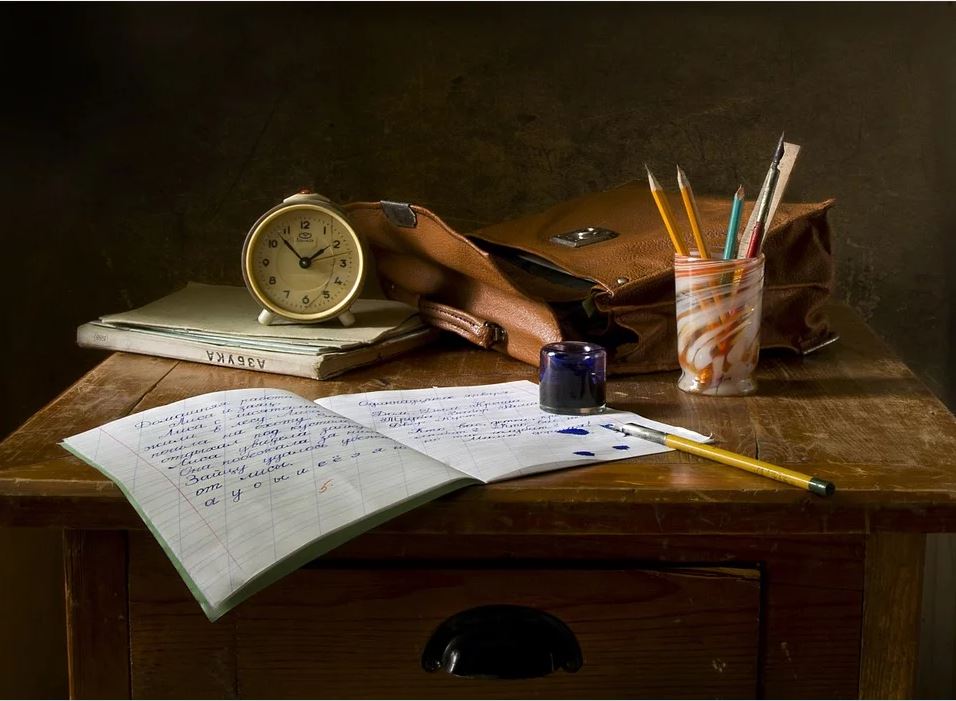 Personal Development Goals
Personal Development Goals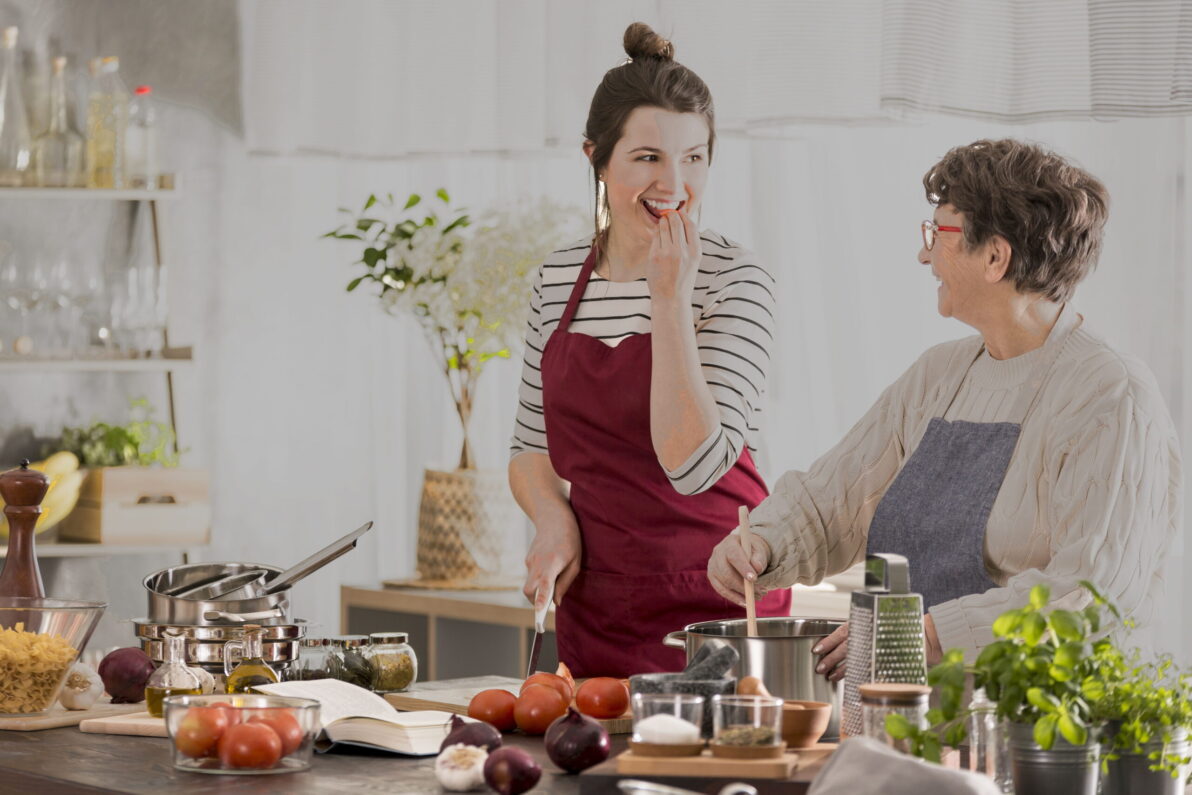
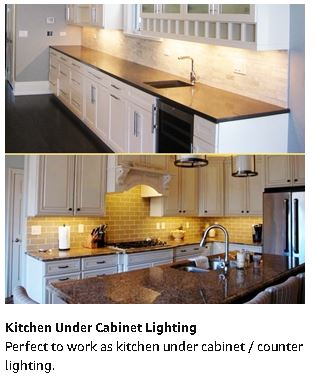
 Bedrooms Designed for Aging in Place
Bedrooms Designed for Aging in Place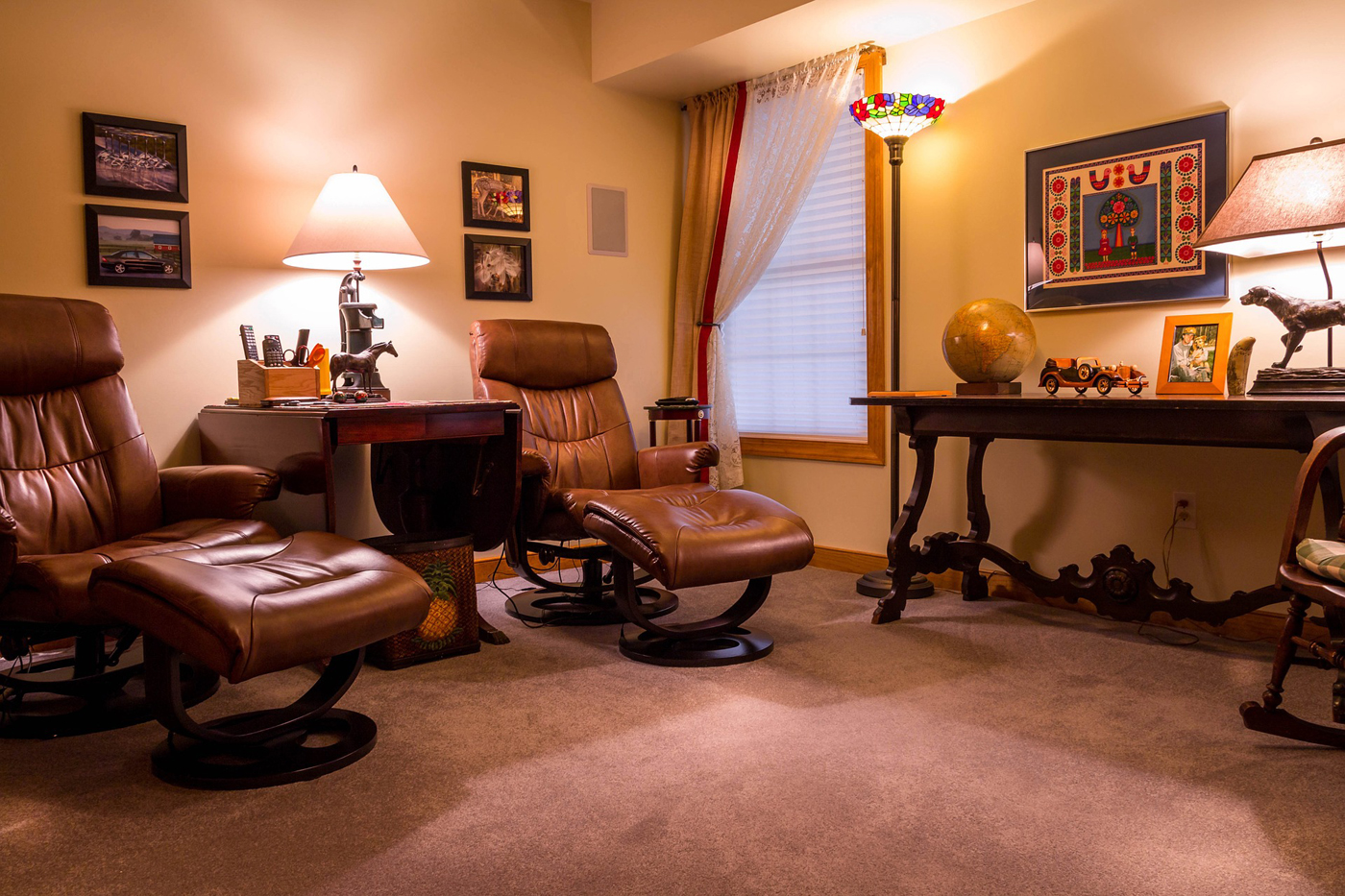 Furniture
Furniture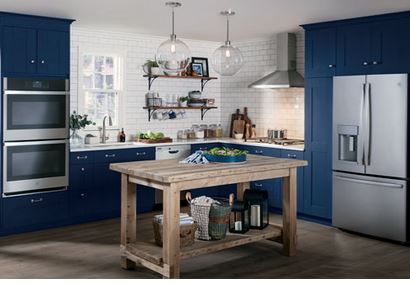 Kitchens Designed for Aging in Place
Kitchens Designed for Aging in Place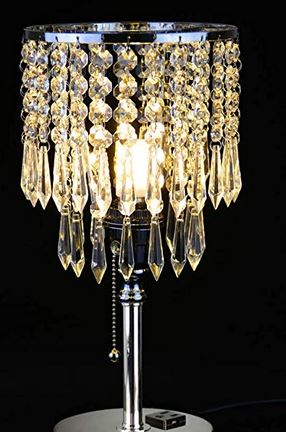 Lighting and Light Switches
Lighting and Light Switches
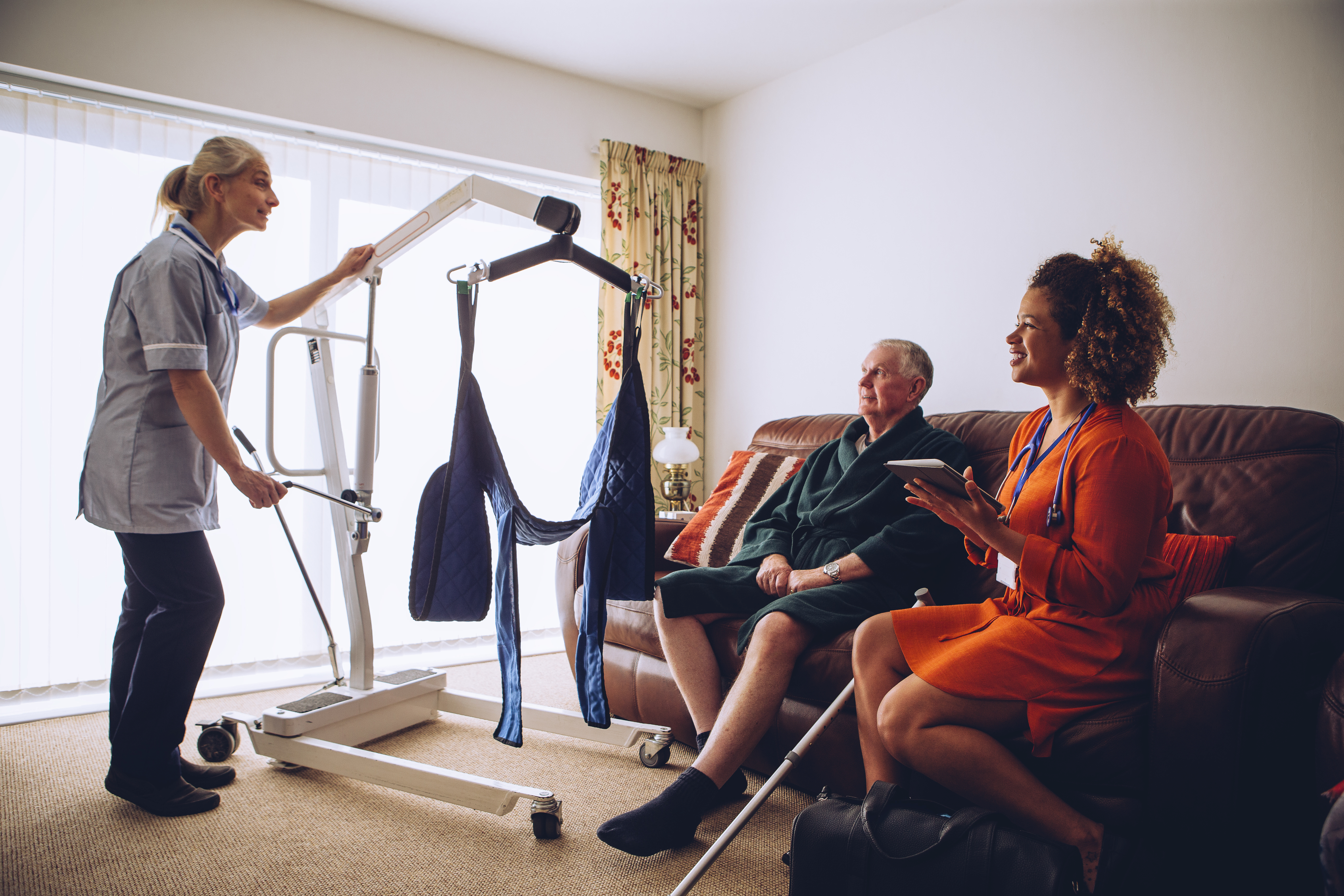 Assisting With Functional Mobility
Assisting With Functional Mobility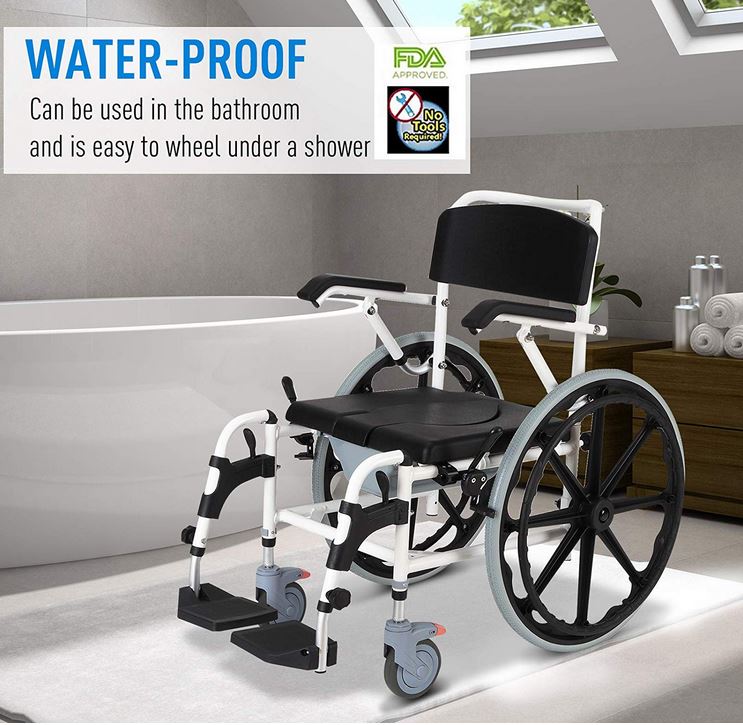 Bath and Shower Mobility Aids
Bath and Shower Mobility Aids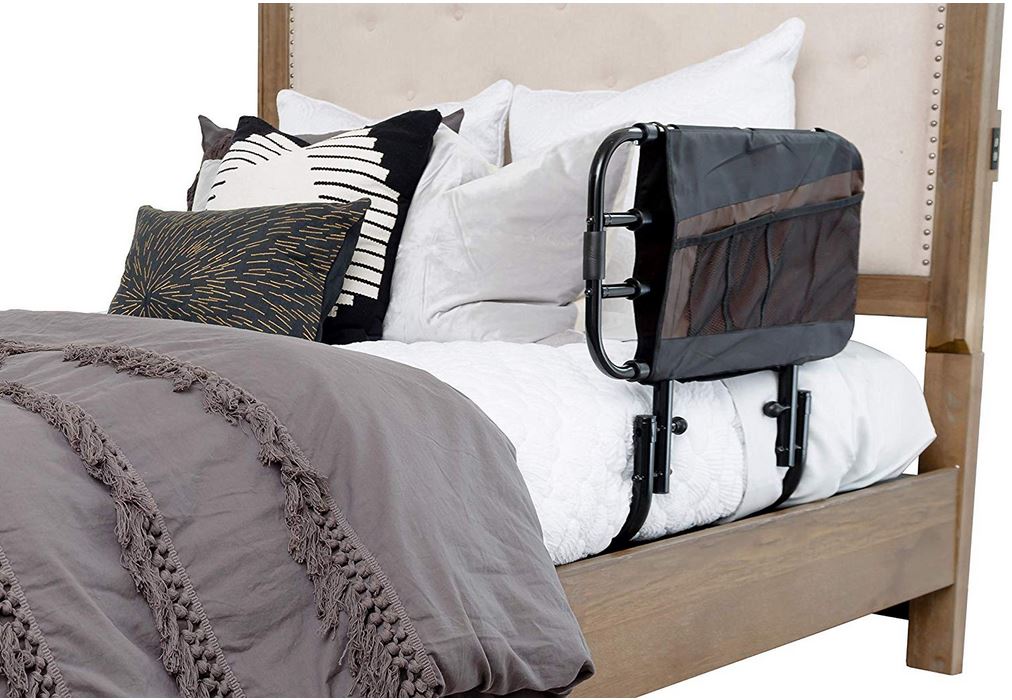 Bedroom Mobility Aids
Bedroom Mobility Aids Assisting with Personal Grooming and Hygiene
Assisting with Personal Grooming and Hygiene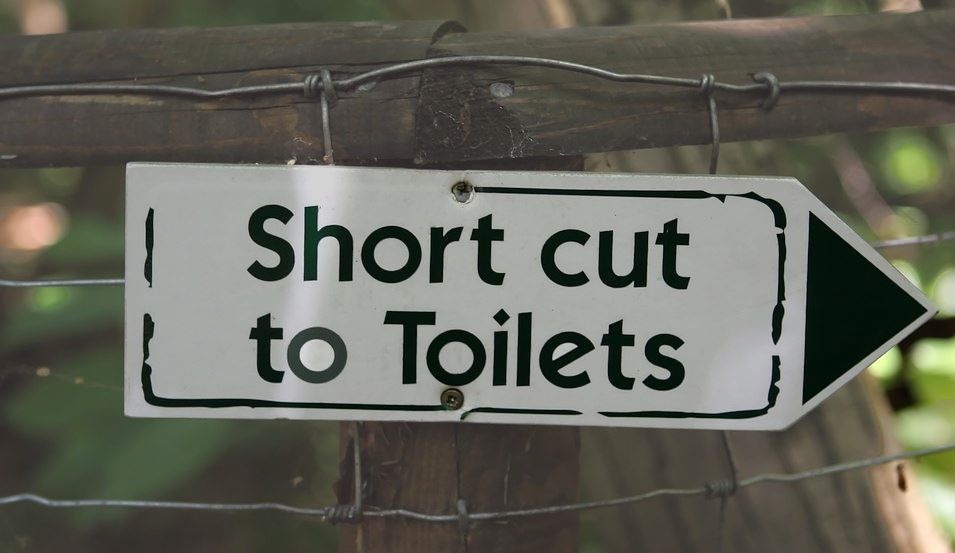 Caring for Someone With Incontinence
Caring for Someone With Incontinence Helping People To Cope with Alzheimer’s and Dementia
Helping People To Cope with Alzheimer’s and Dementia Helping With Bill Paying
Helping With Bill Paying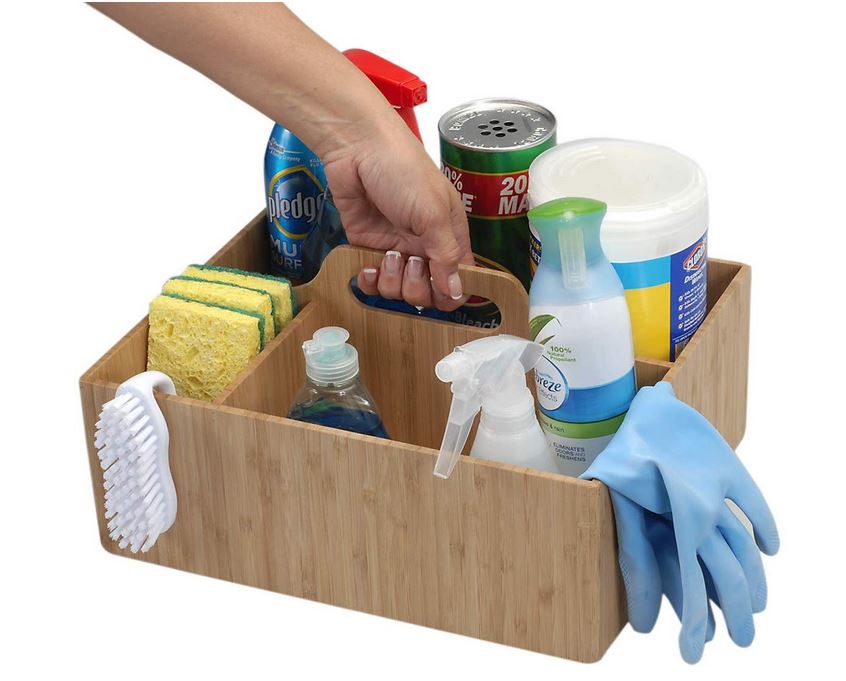 Home Cleaning Services
Home Cleaning Services Offering Companionship
Offering Companionship Providing Medication Reminders
Providing Medication Reminders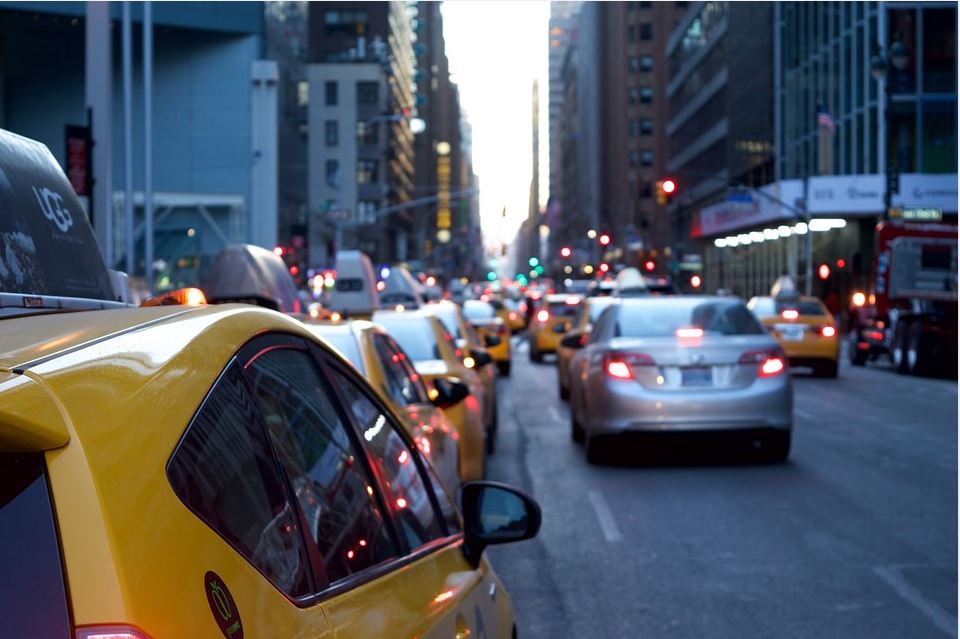 Providing Transportation
Providing Transportation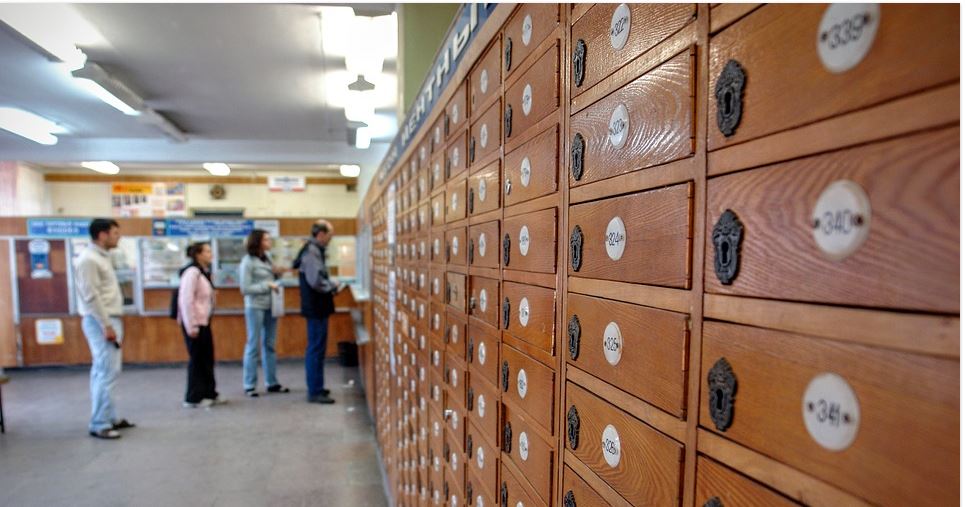 Running Errands
Running Errands
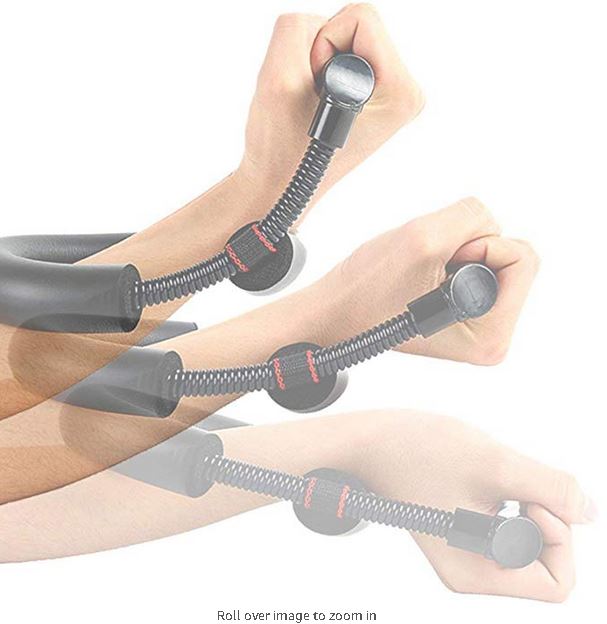
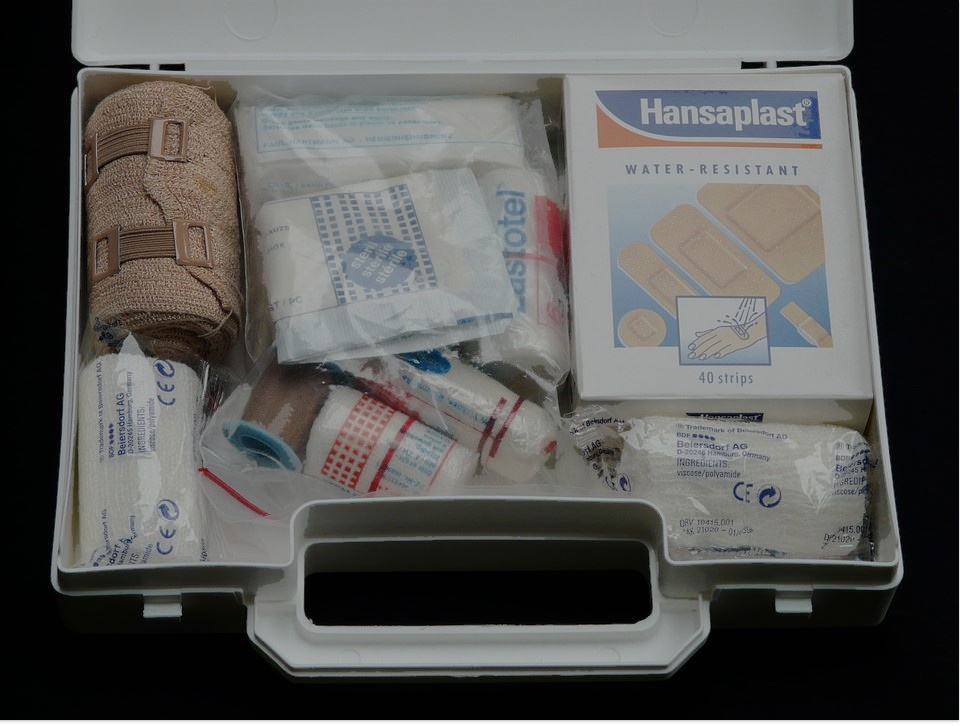 Burn Care
Burn Care Mental Health Rehabilitaion
Mental Health Rehabilitaion
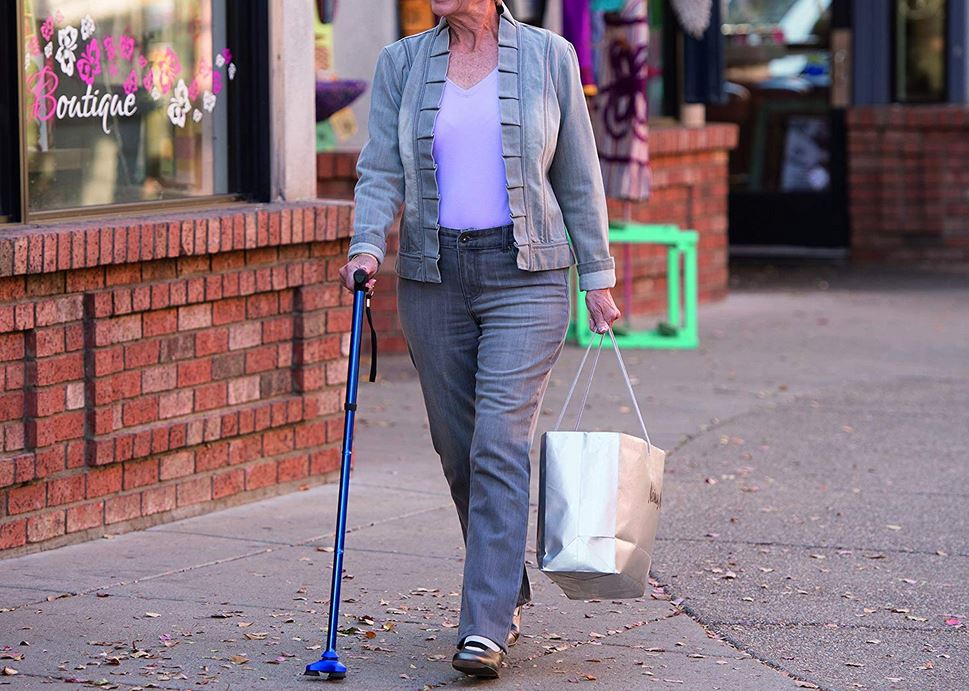 Canes
Canes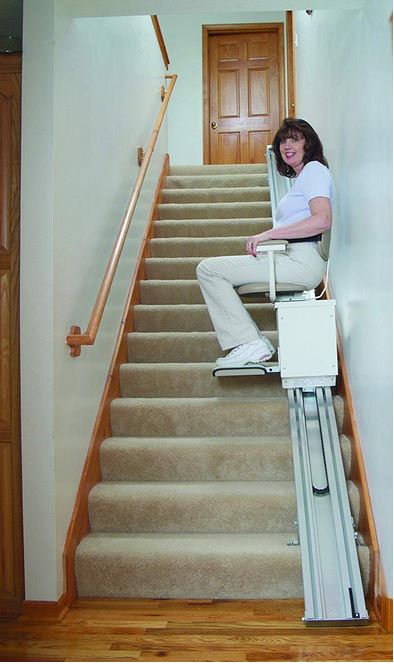 Chair Lifts / Stair Lifts
Chair Lifts / Stair Lifts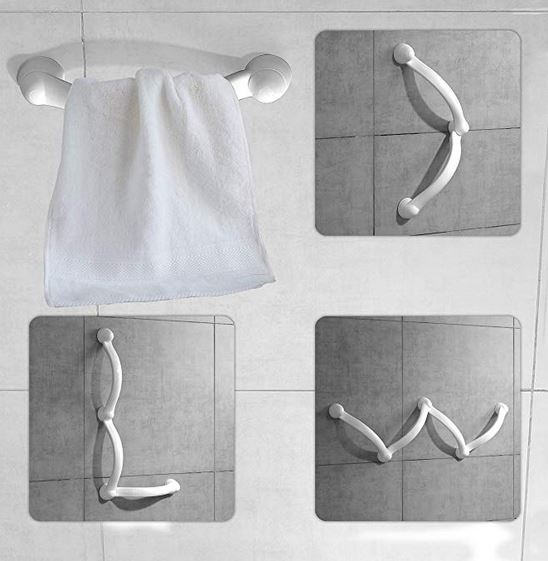 Grab Bars
Grab Bars Knee Scooters / Knee Walkers
Knee Scooters / Knee Walkers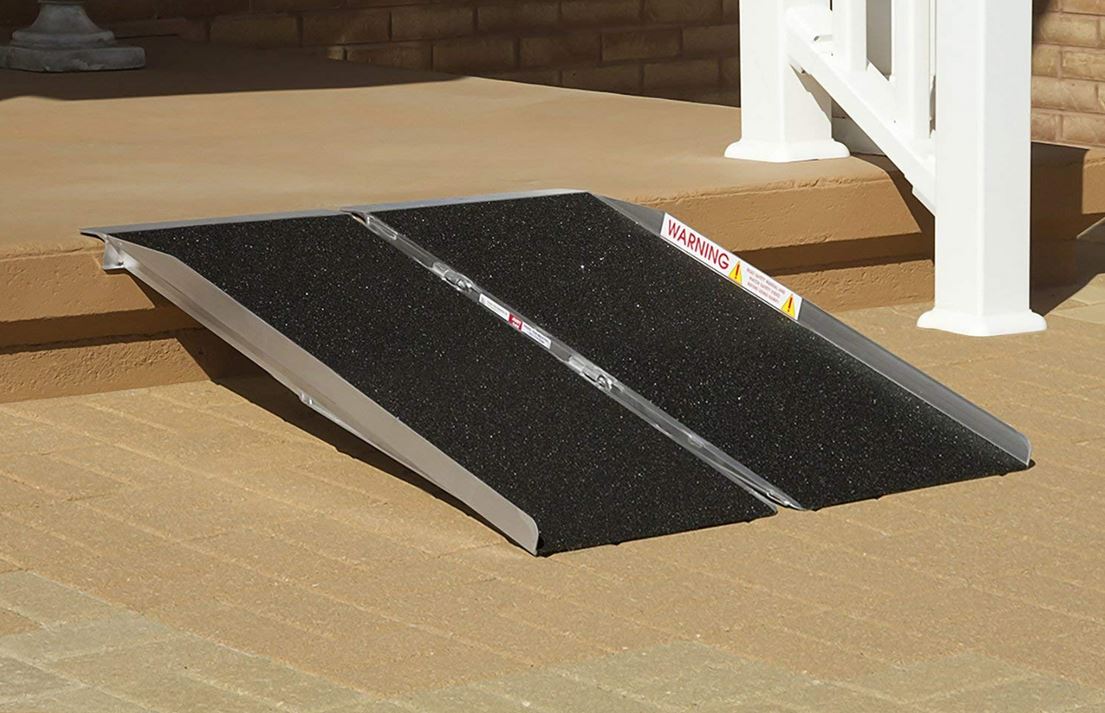 Ramps
Ramps Scooters
Scooters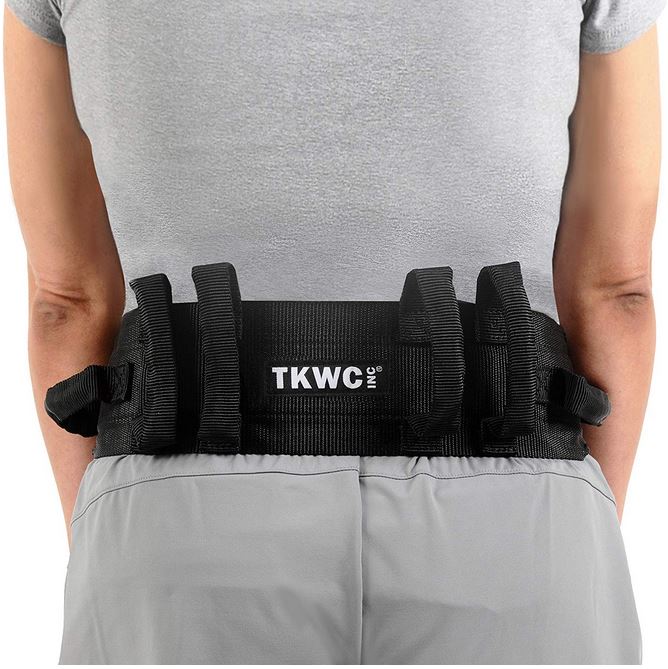 Transfer belts / pads / equipment
Transfer belts / pads / equipment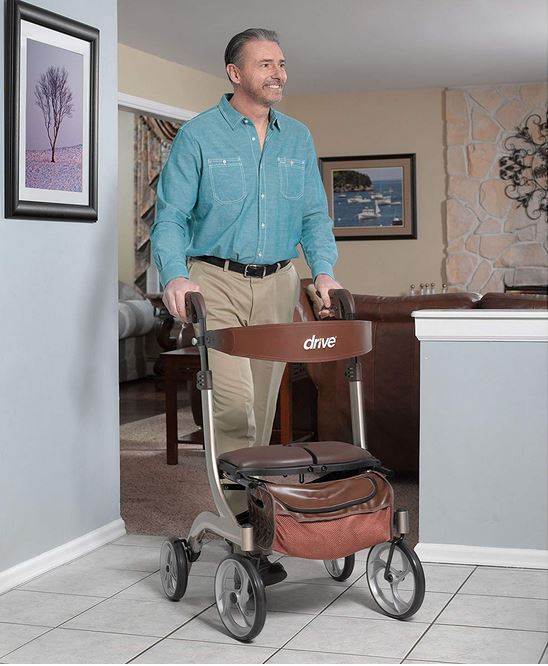 Walkers and Rollaters
Walkers and Rollaters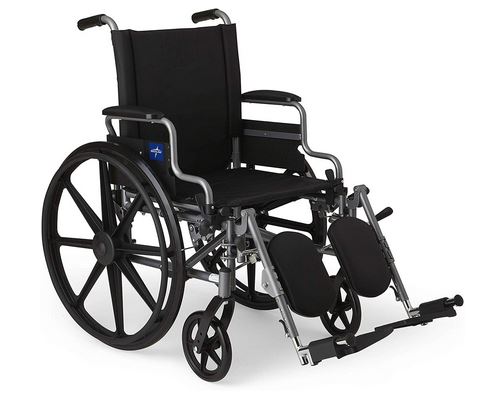 Wheelchairs and Mobile Chairs
Wheelchairs and Mobile Chairs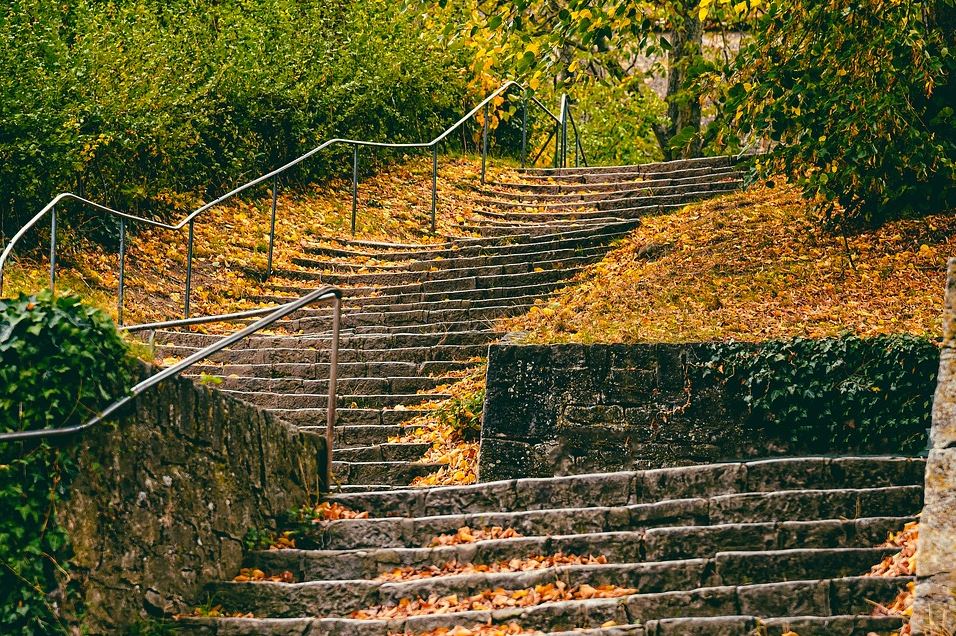
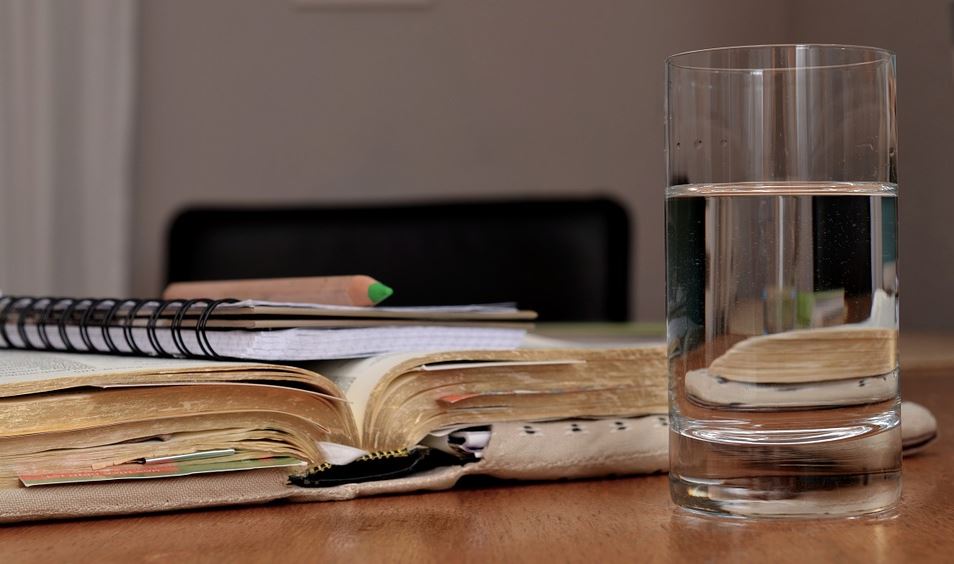 Accounting and Tax
Accounting and Tax Books-Seminars-Courses
Books-Seminars-Courses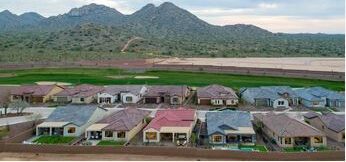
 ASSISTED LIVING
ASSISTED LIVING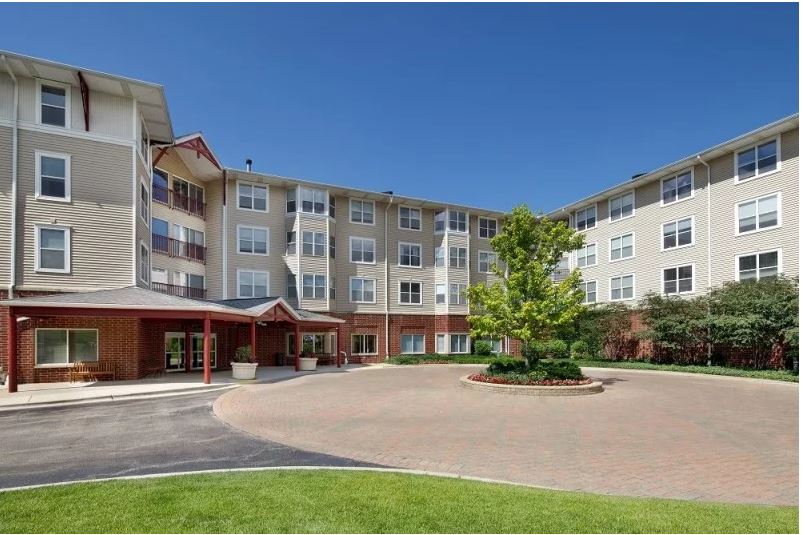 Assisted Living Facilities
Assisted Living Facilities Cohousing Communities
Cohousing Communities Manufactured Housing Communities
Manufactured Housing Communities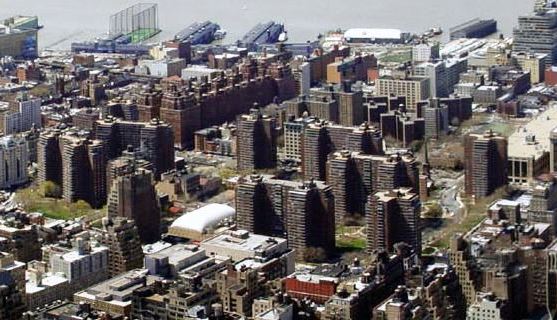 Naturally Occurring Retirement Communities (NORCs)
Naturally Occurring Retirement Communities (NORCs) Personal Residence LIving Independetly
Personal Residence LIving Independetly Accessory Dwelling Units
Accessory Dwelling Units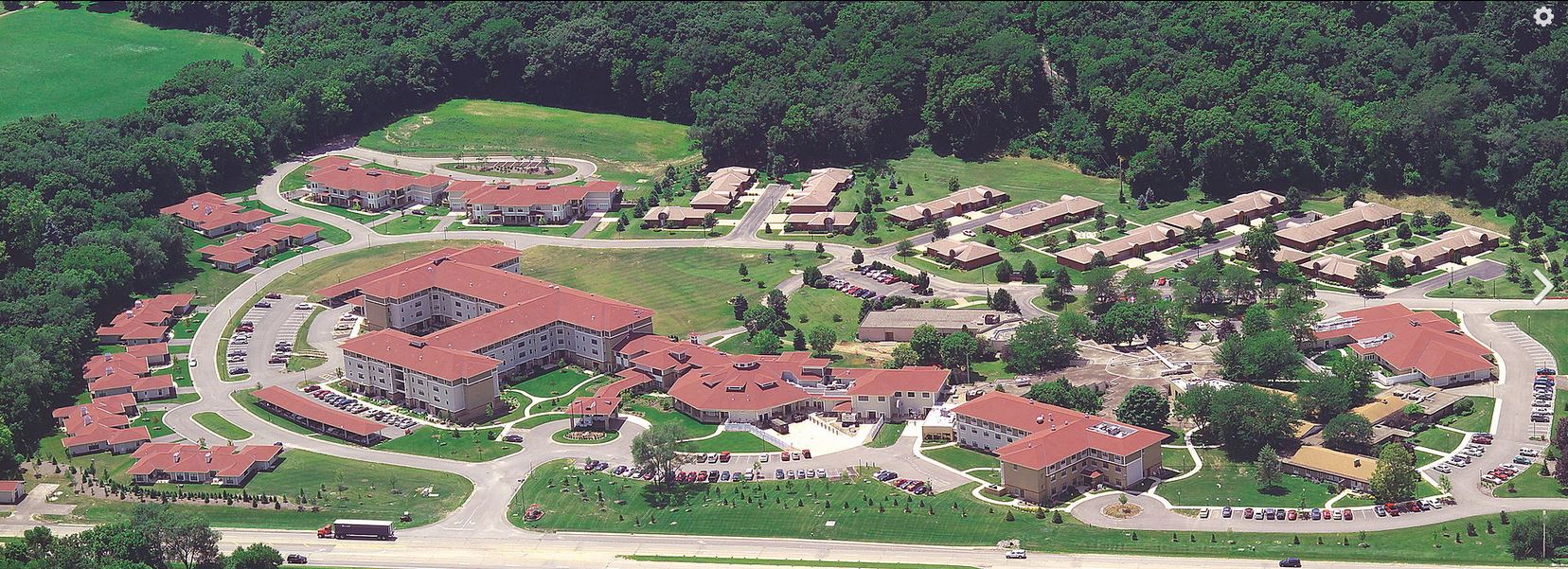 Continuing Care Retirement Communities
Continuing Care Retirement Communities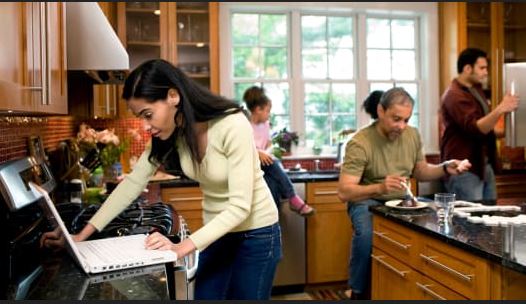 Multigenerational Households
Multigenerational Households
